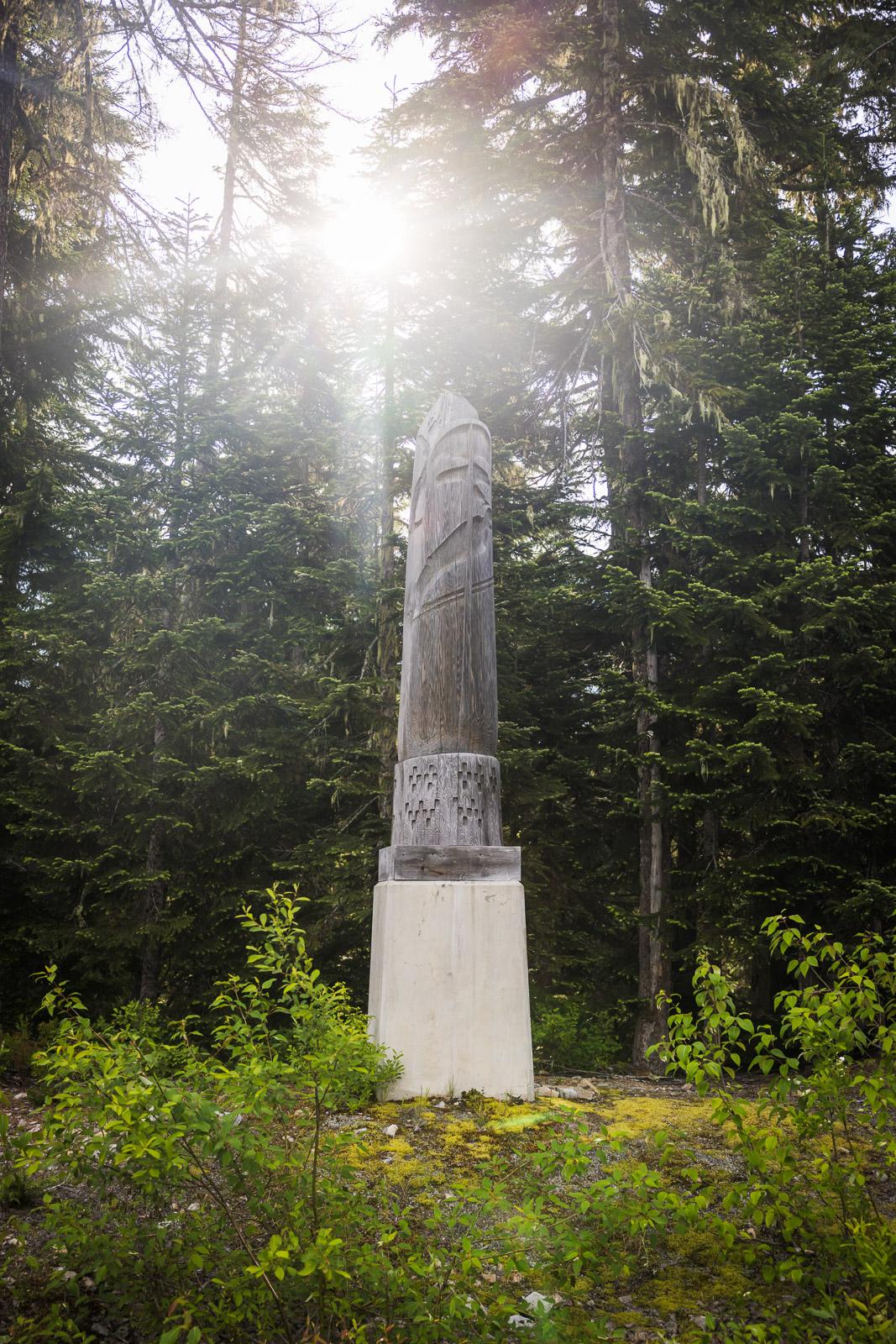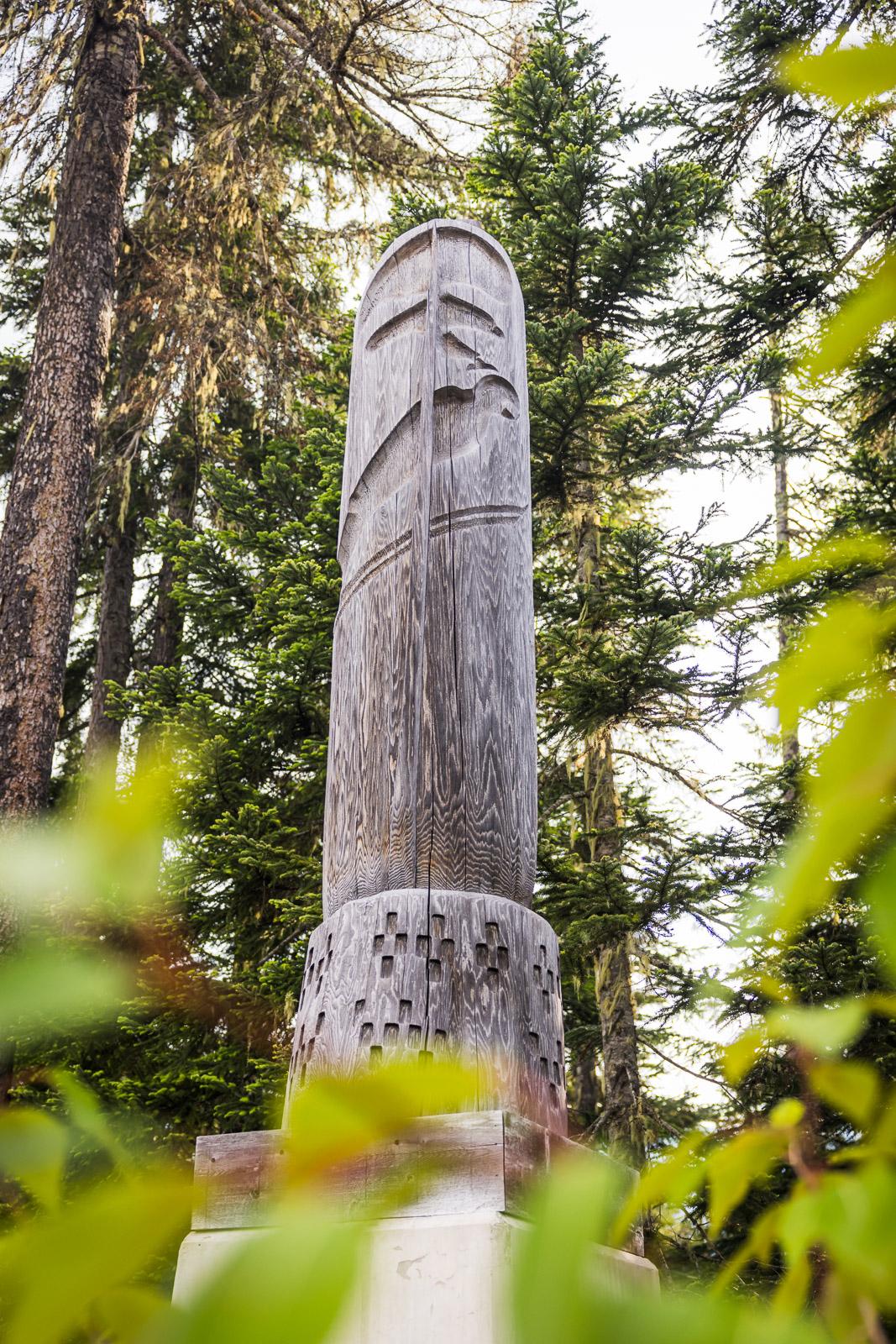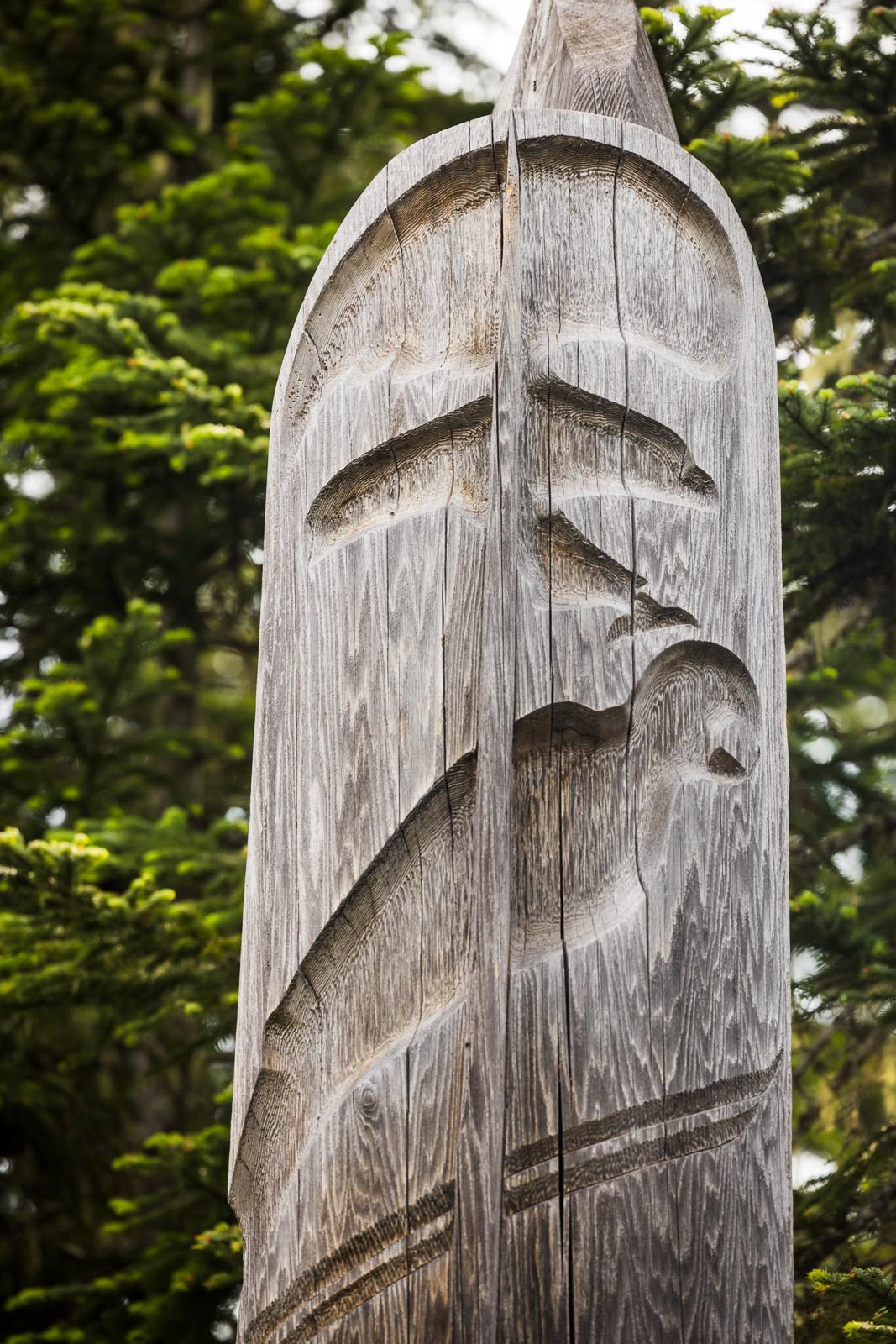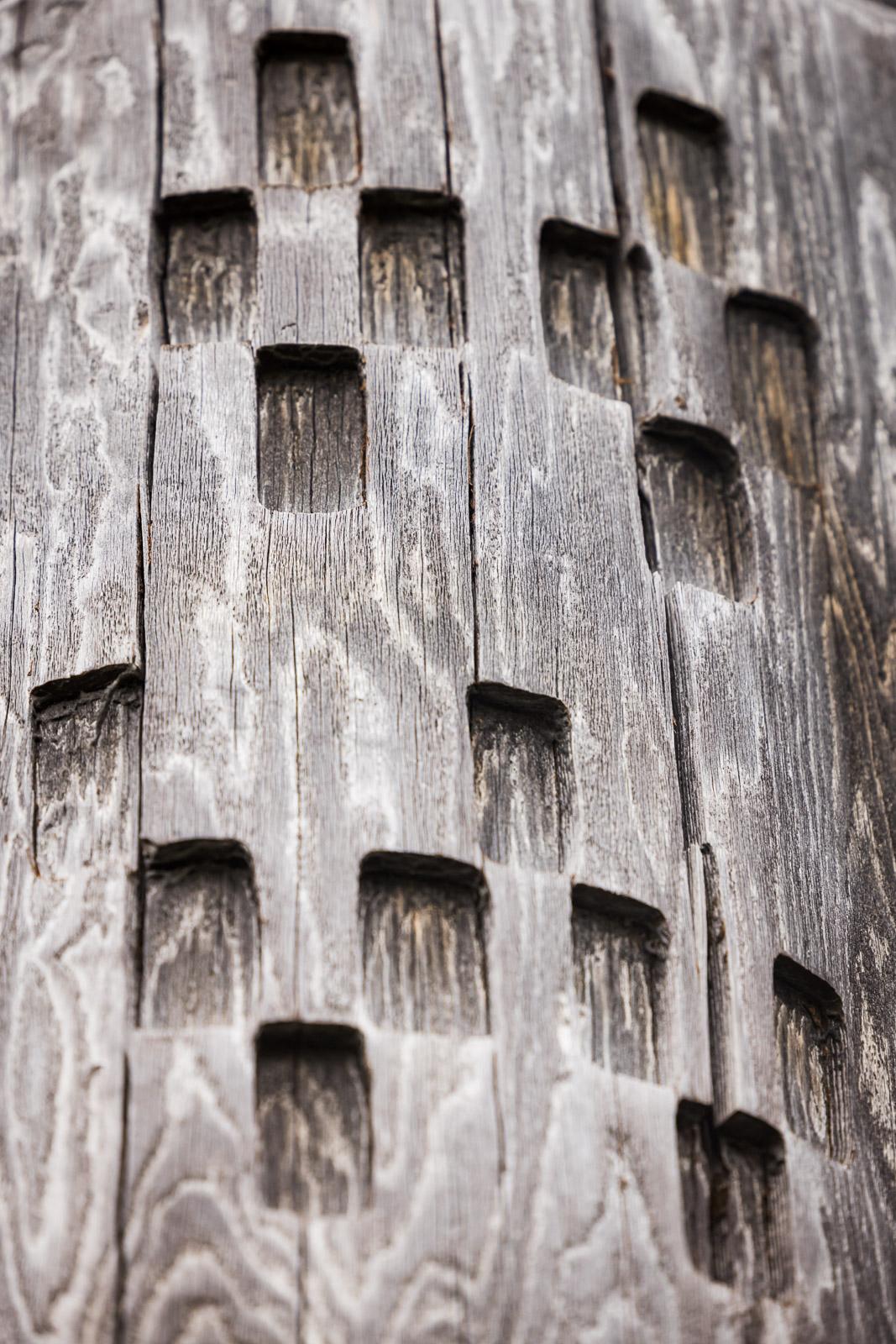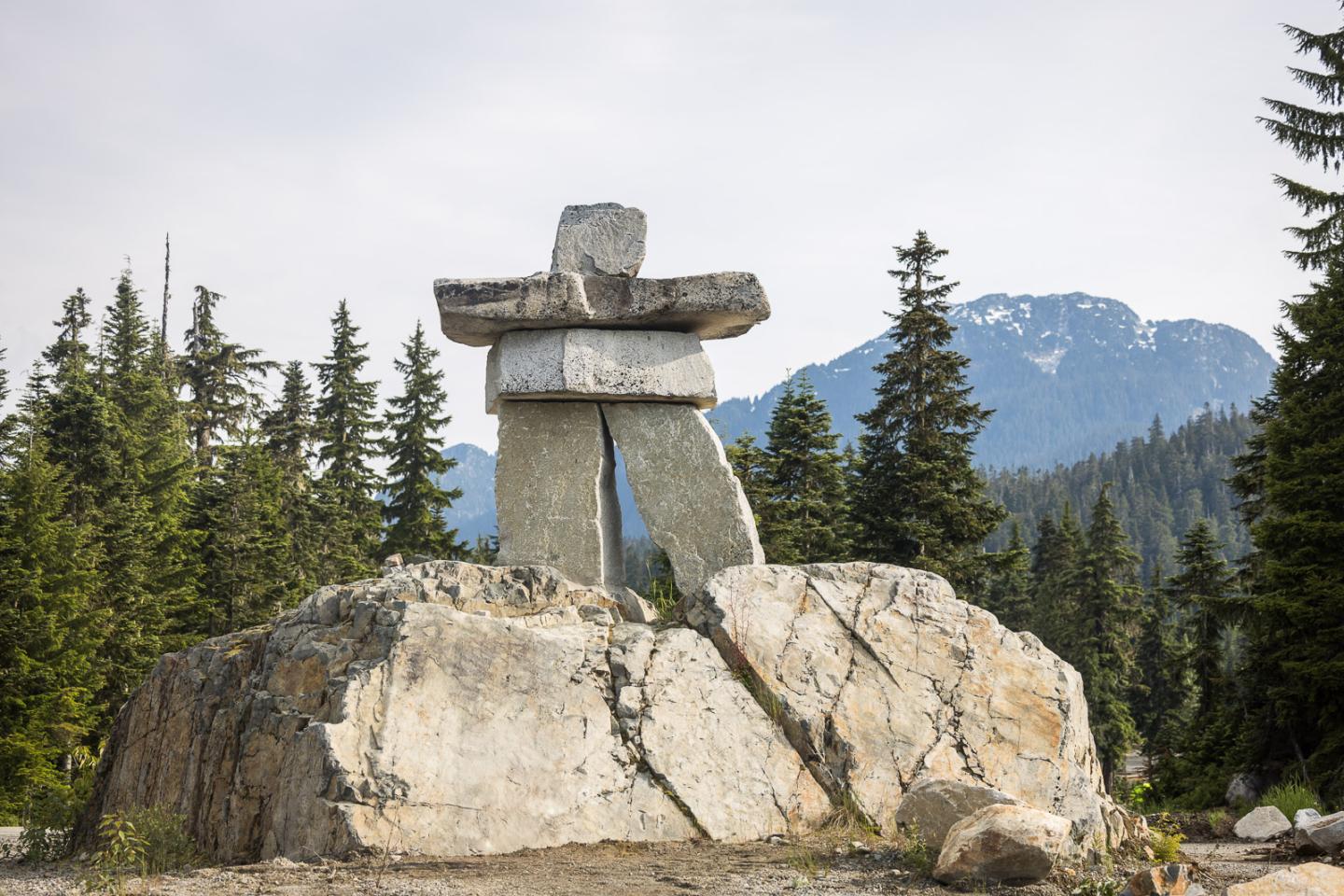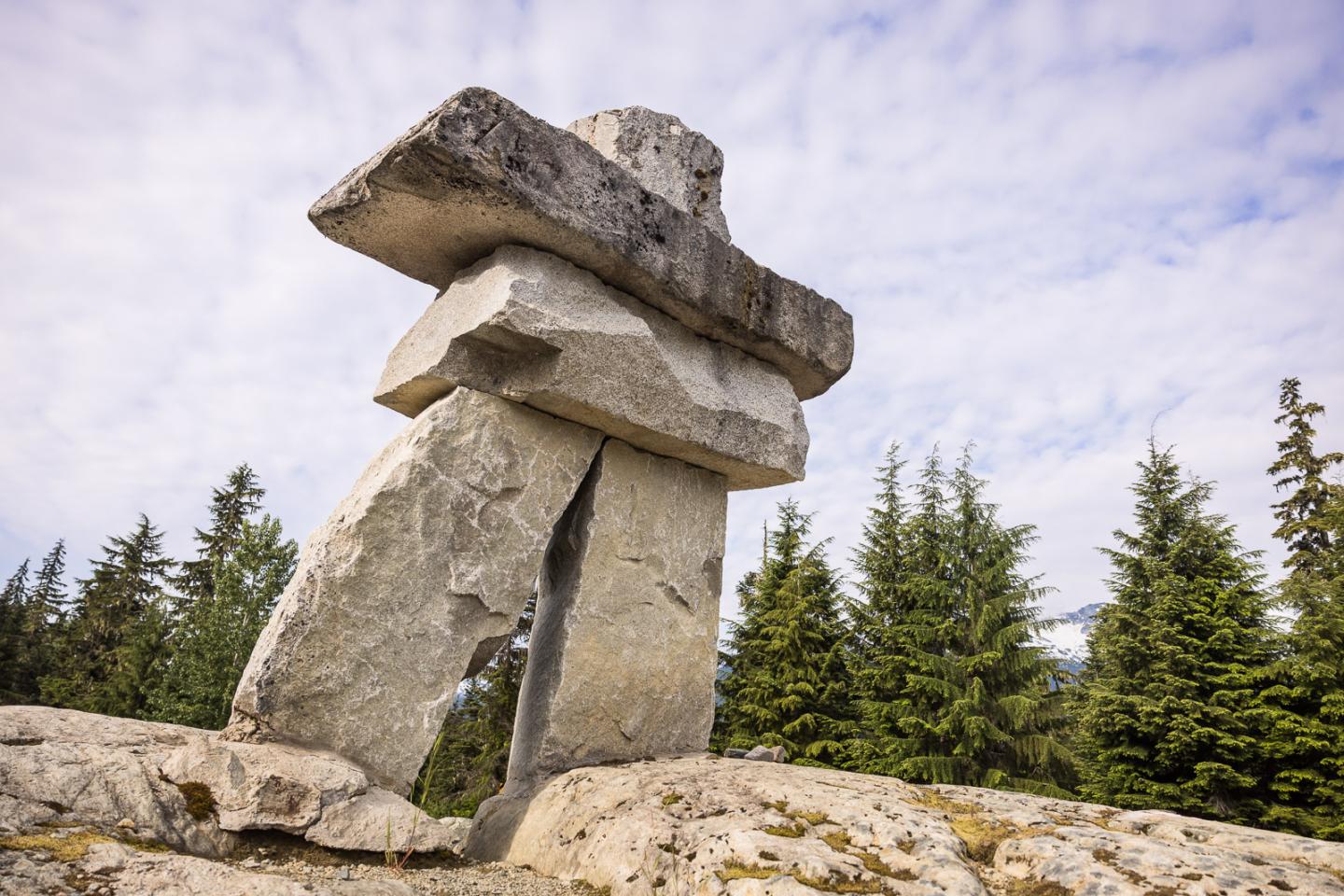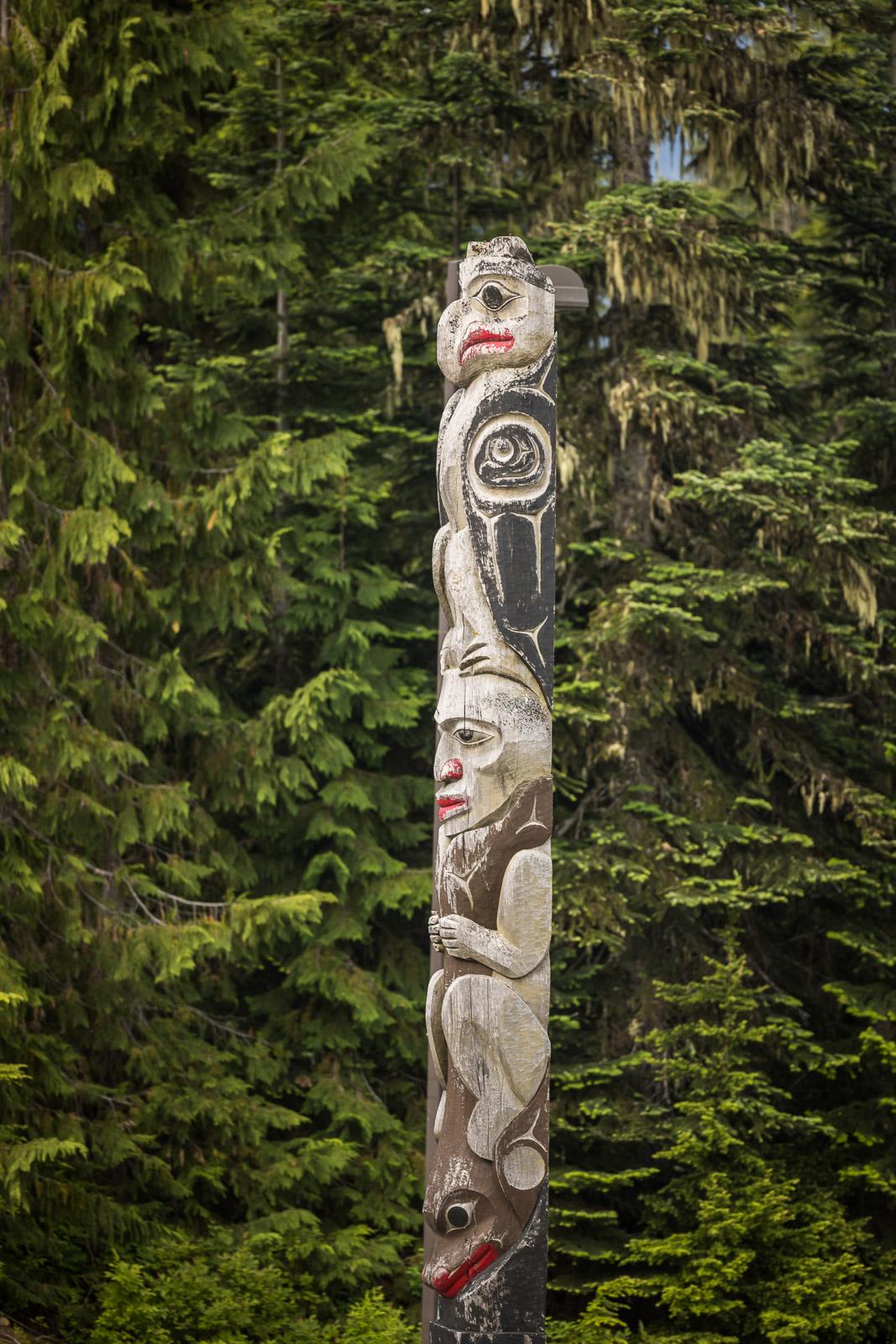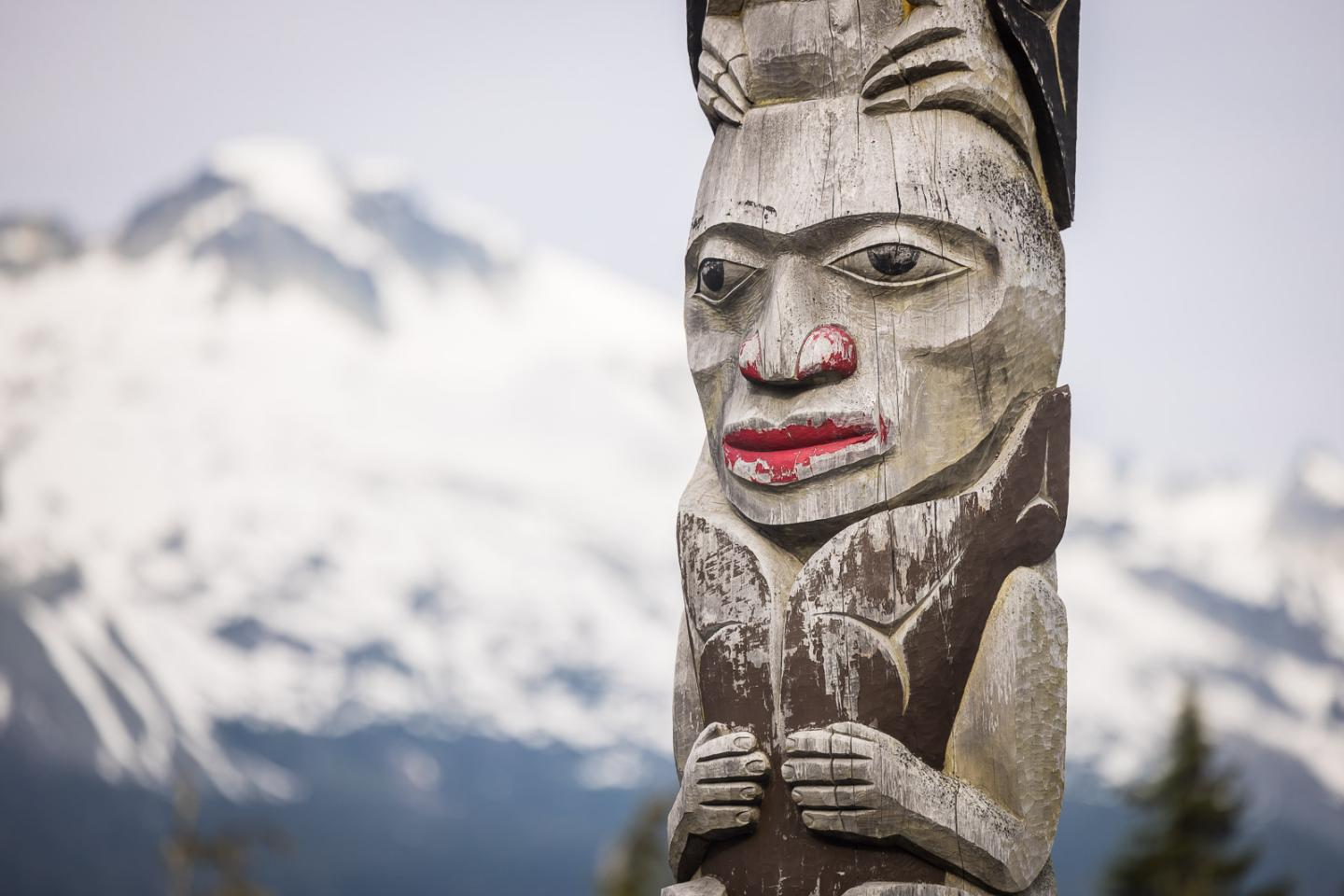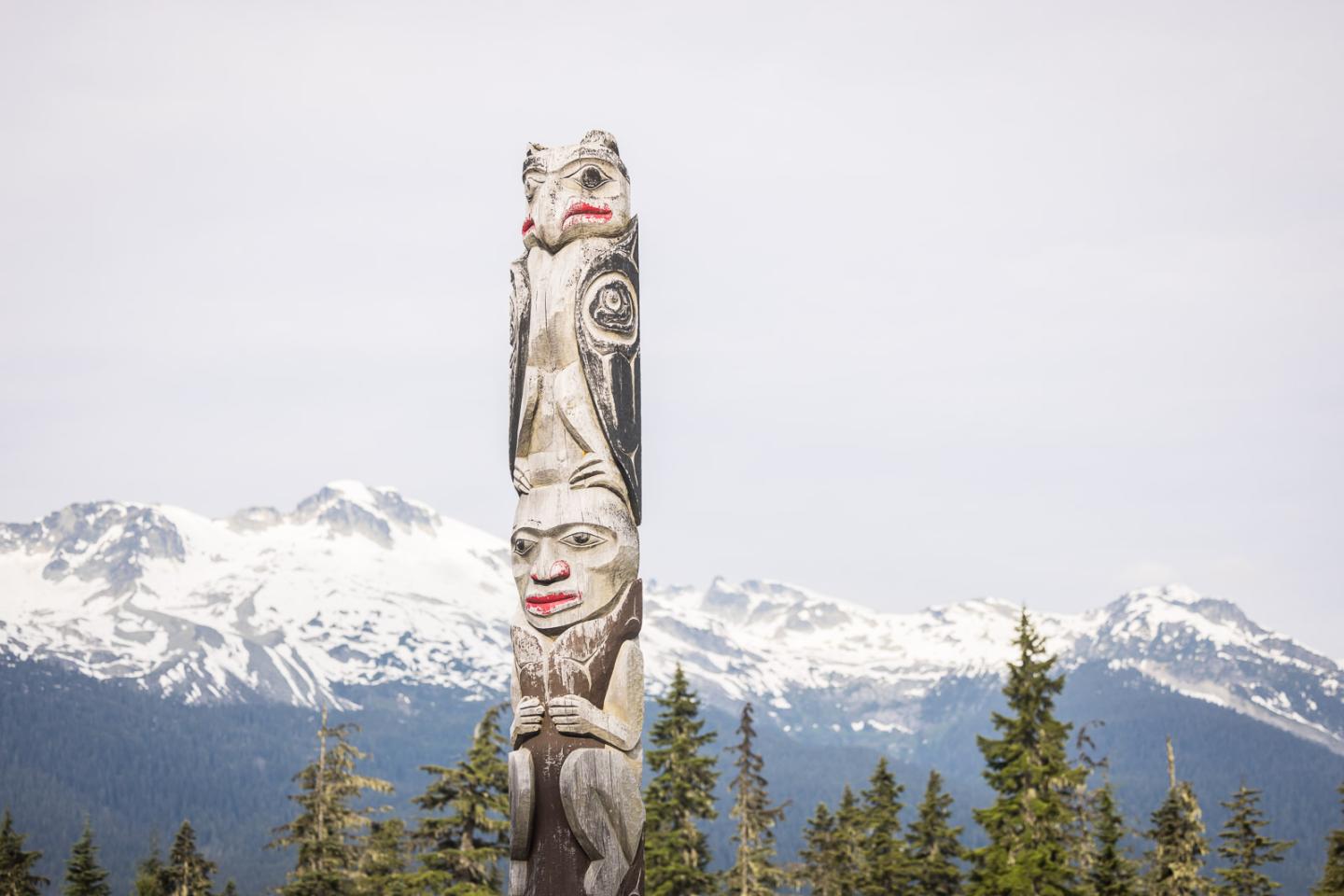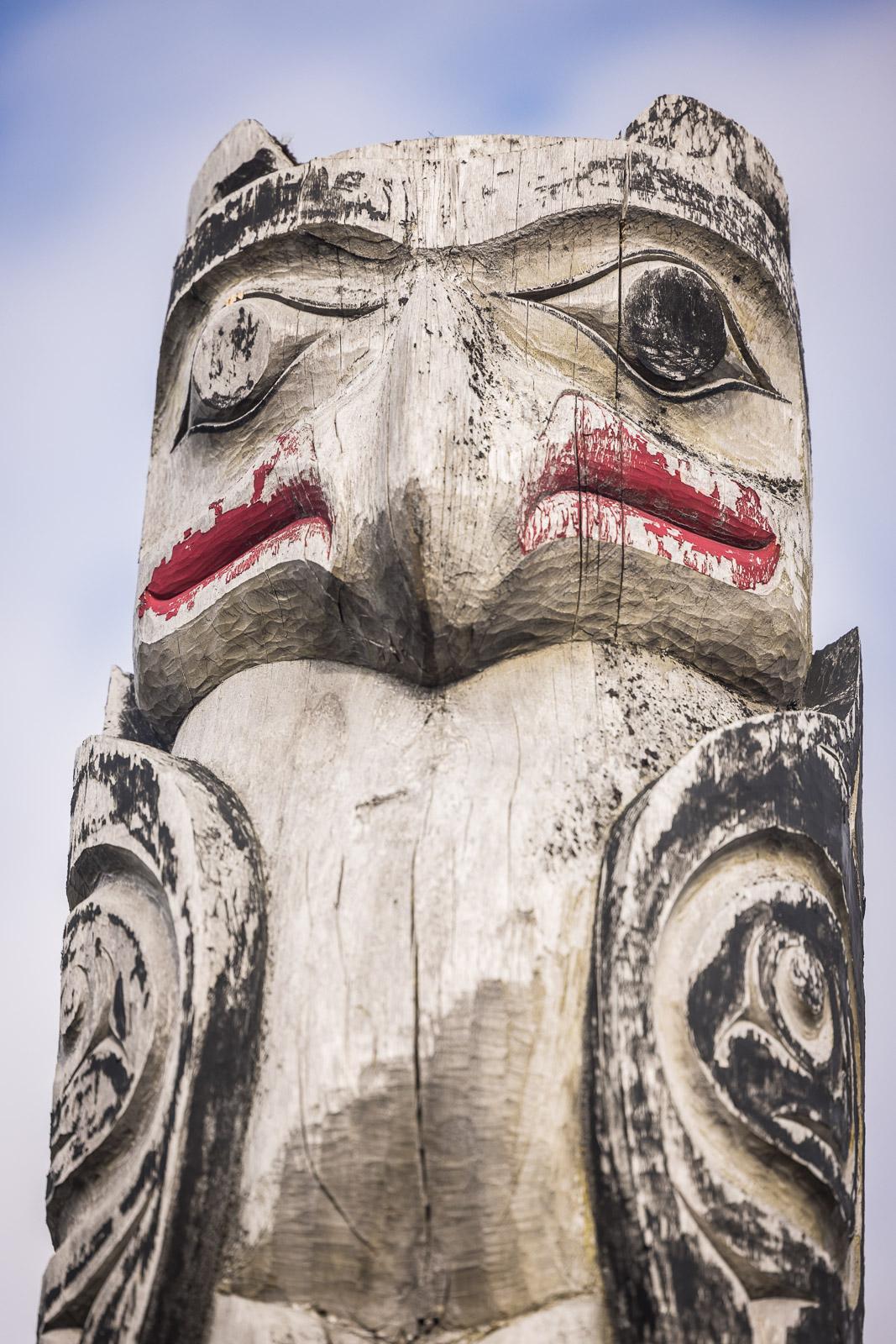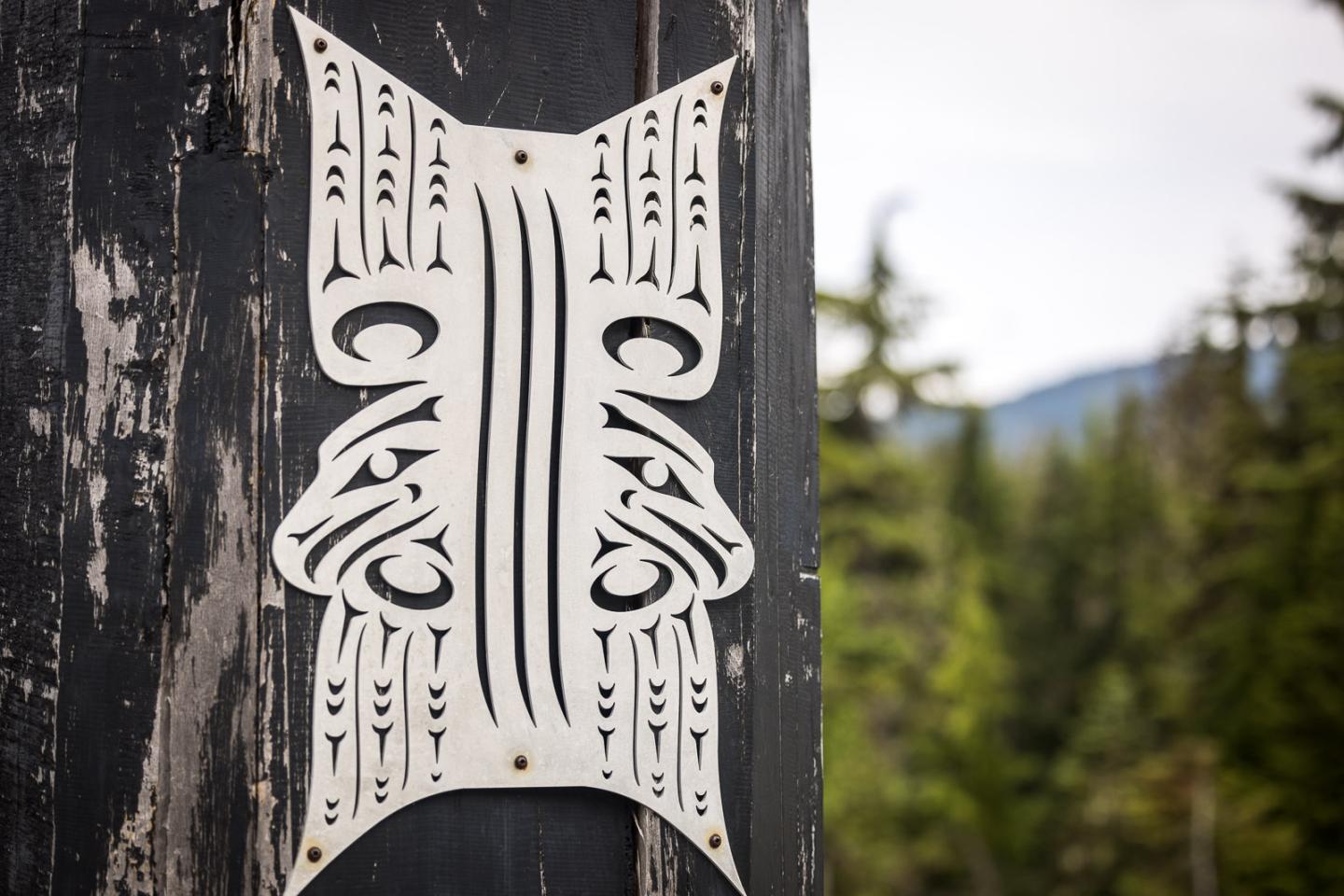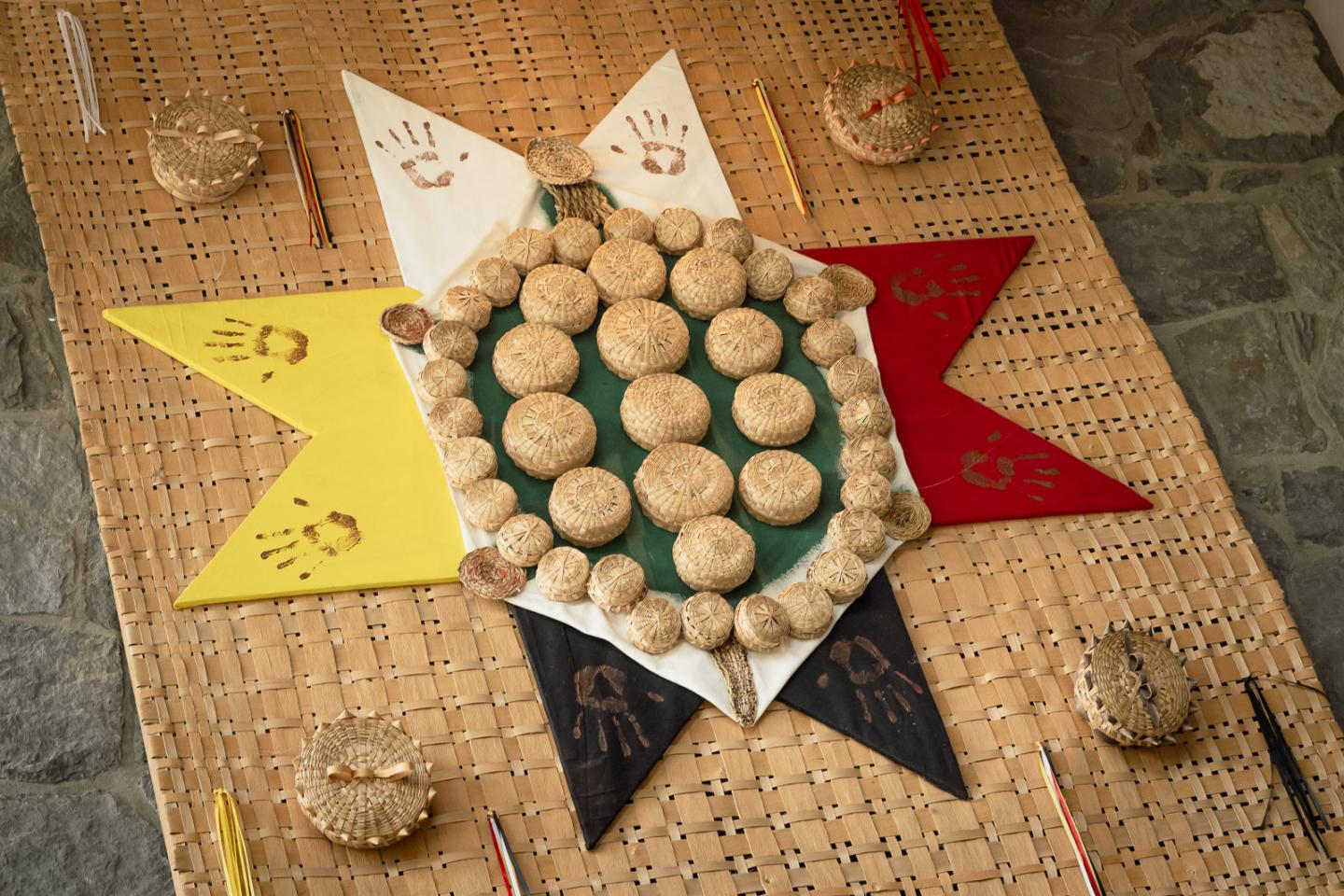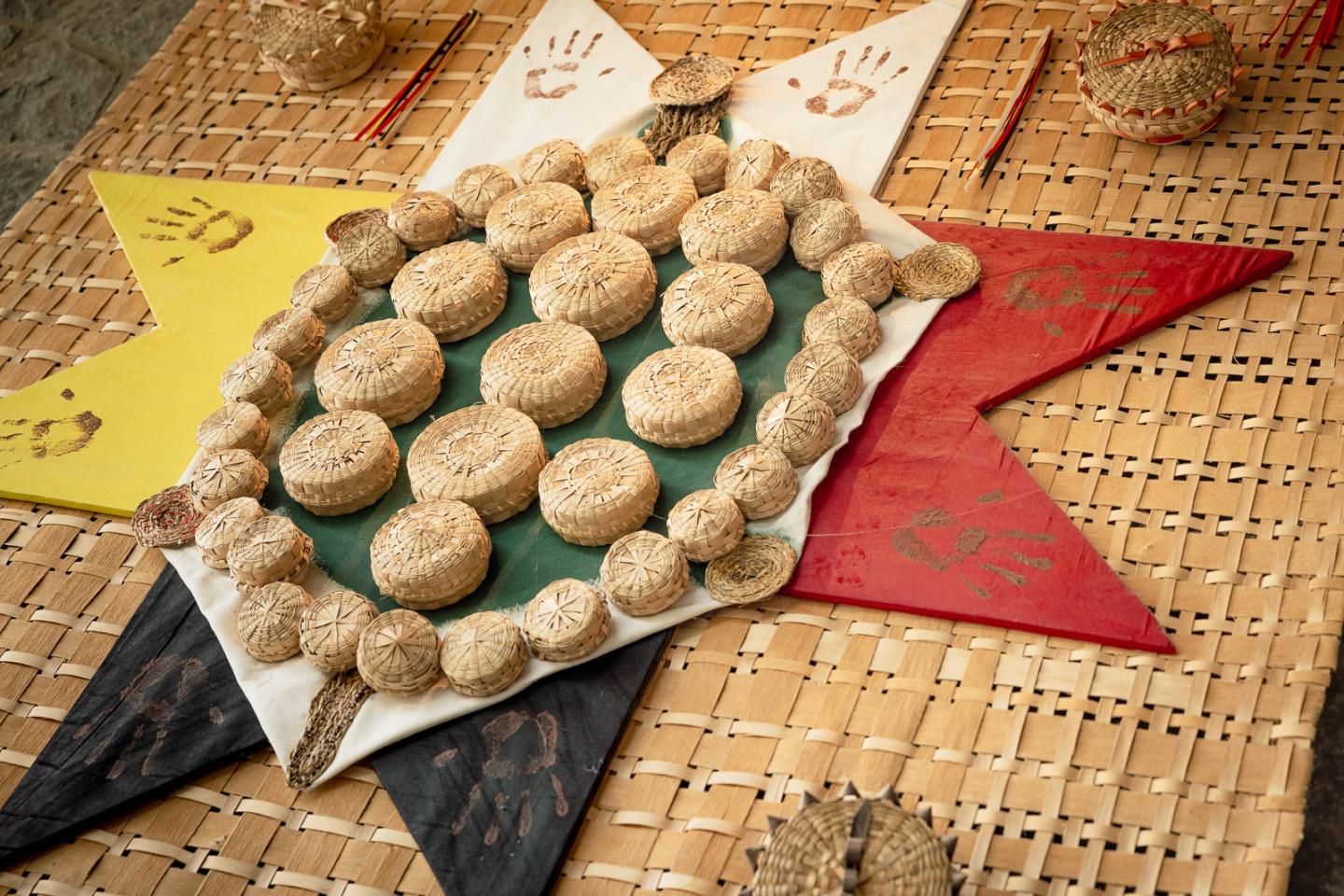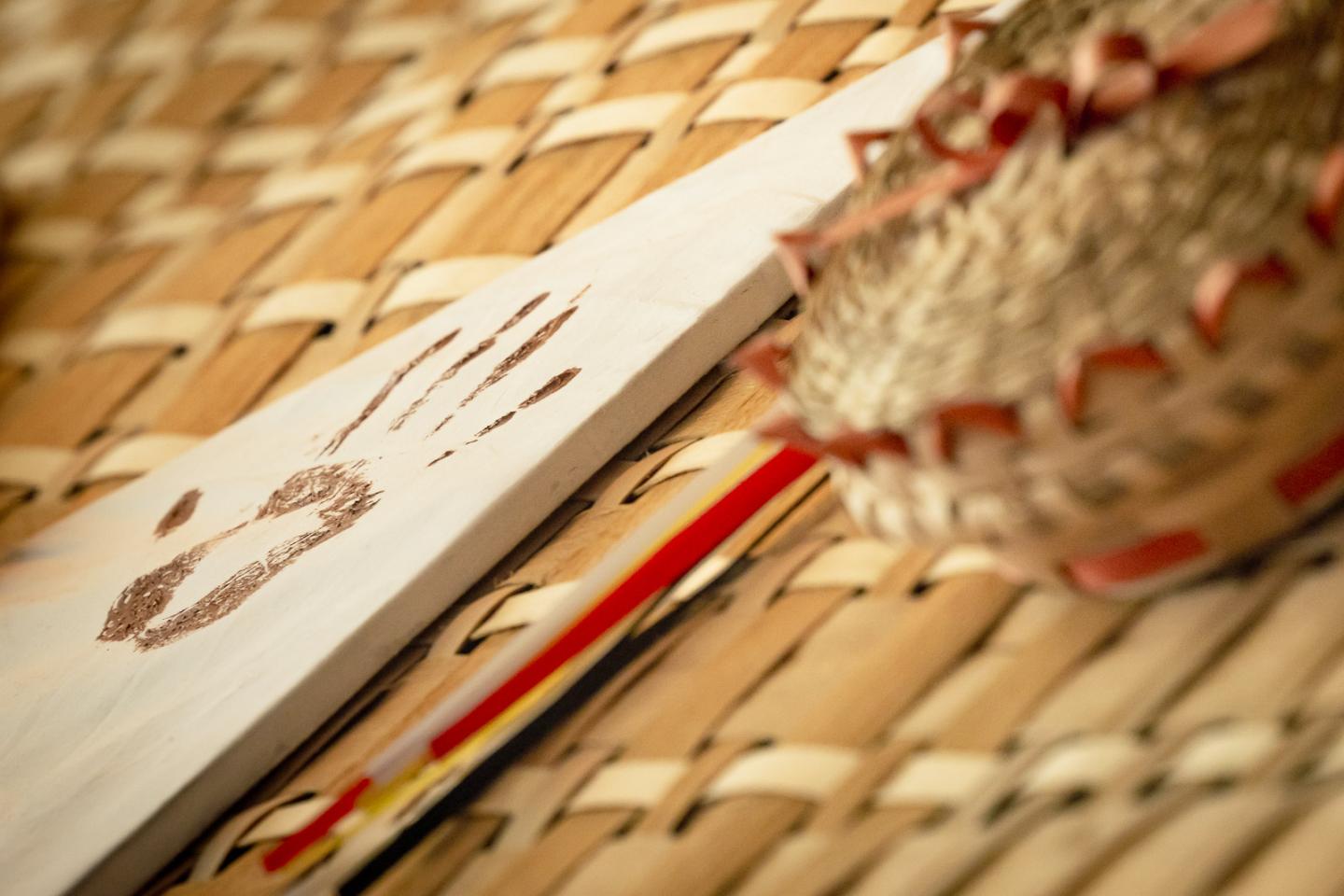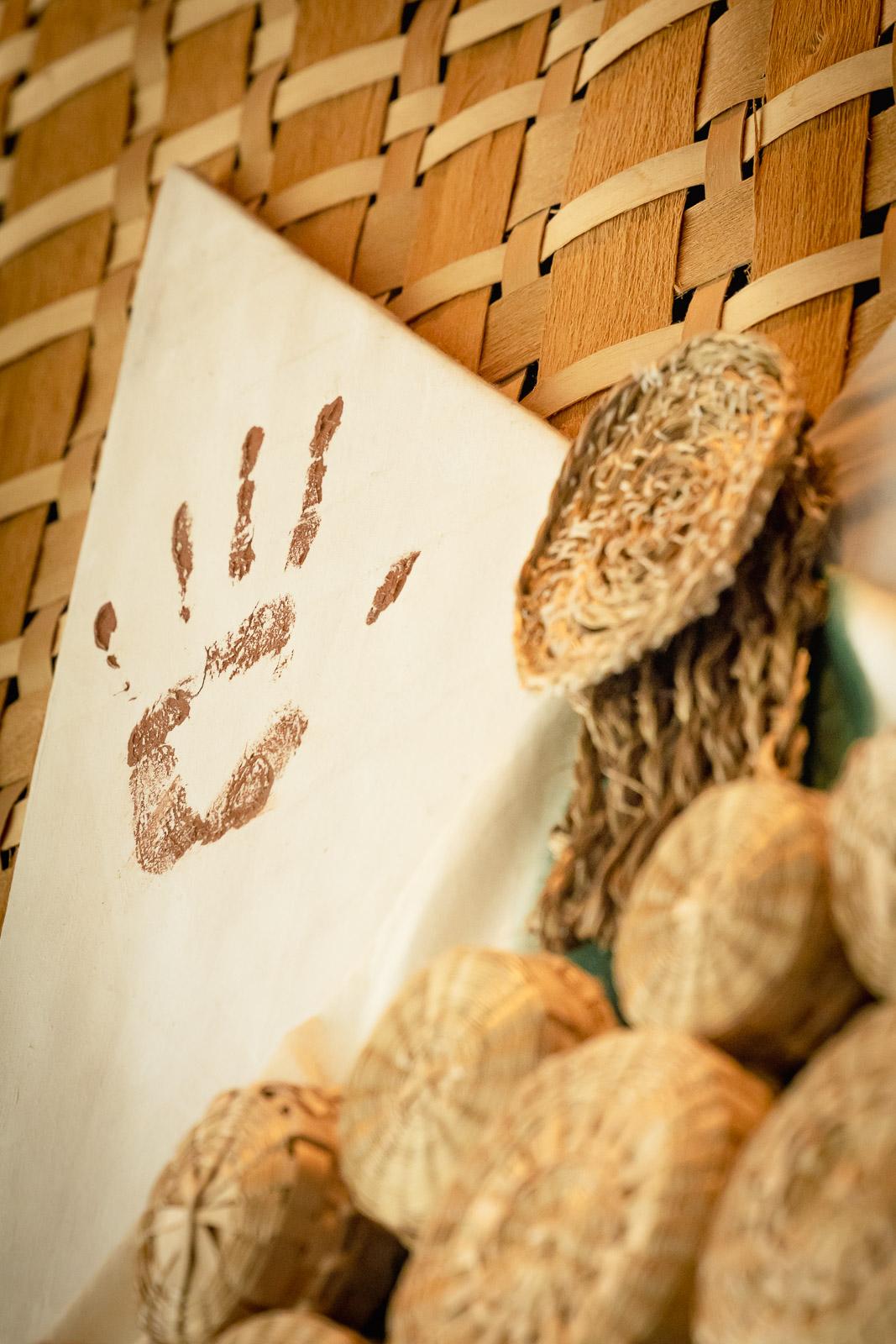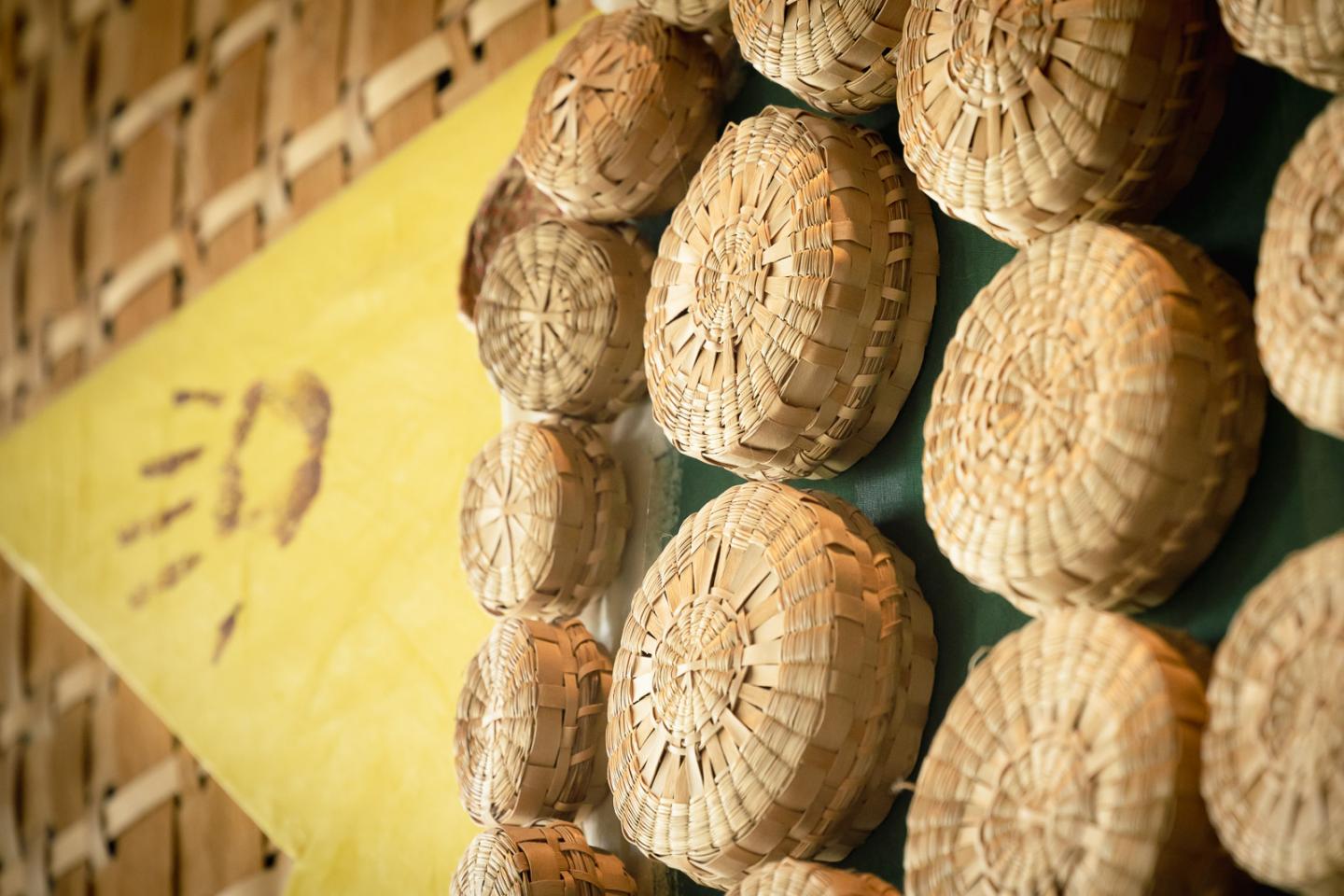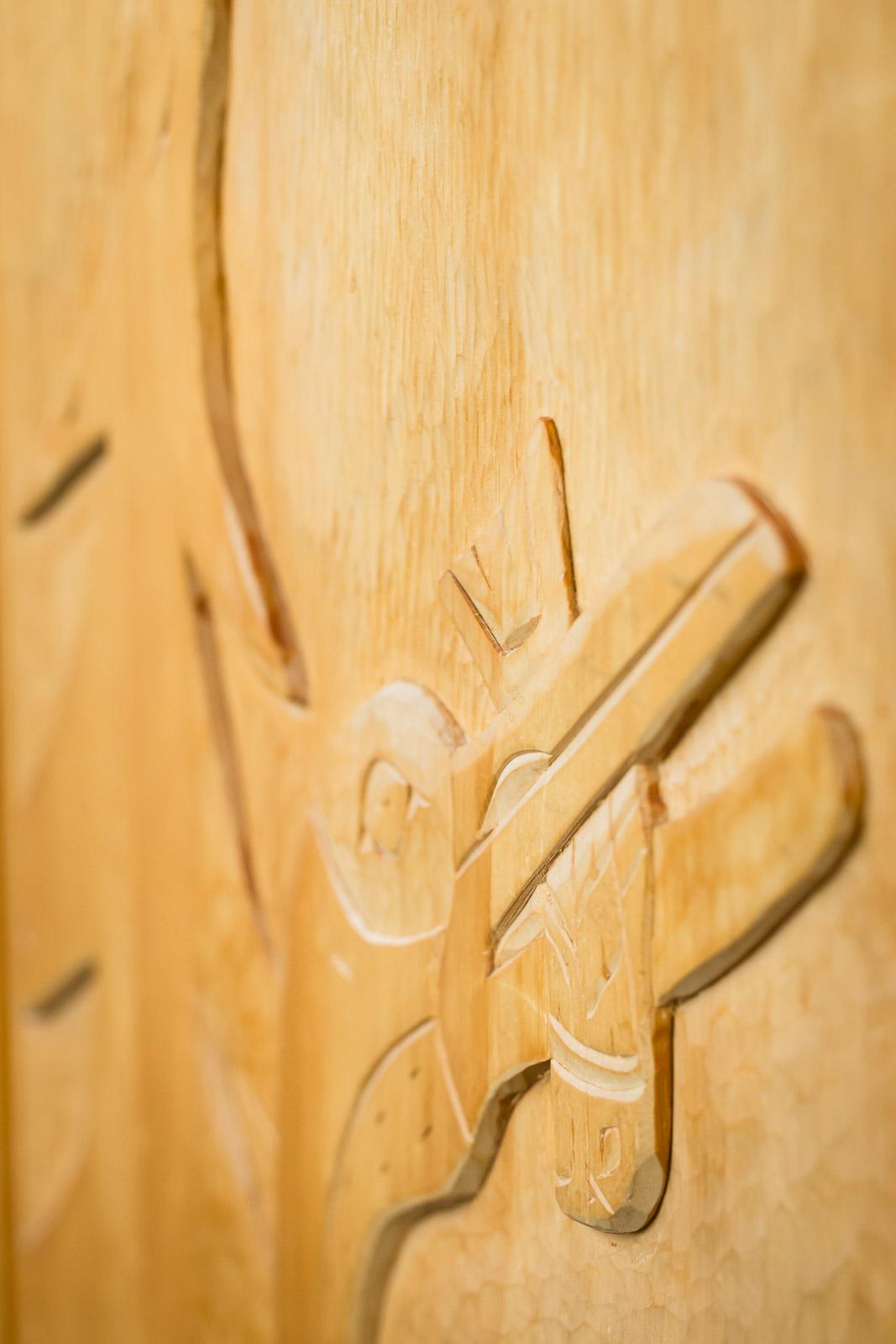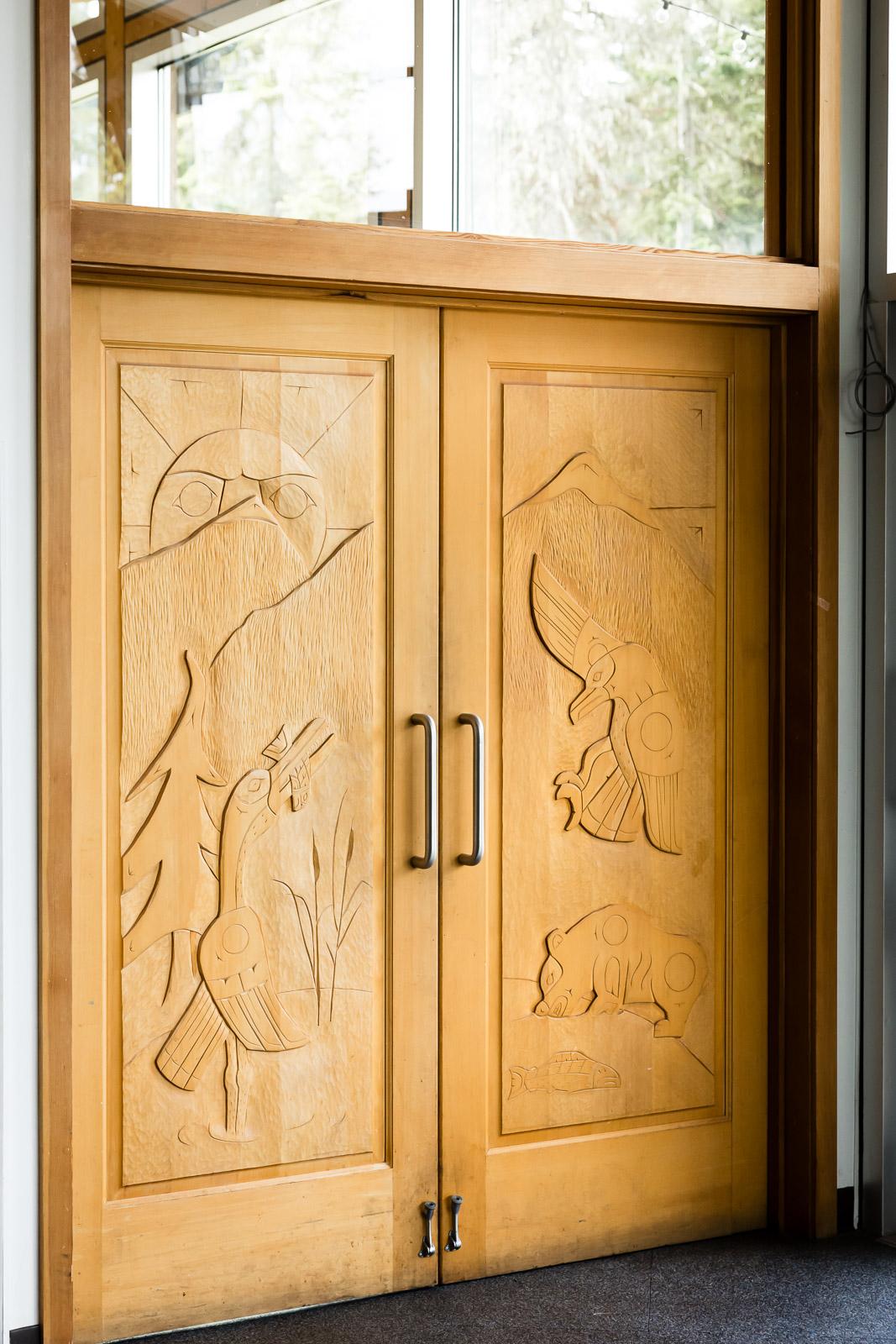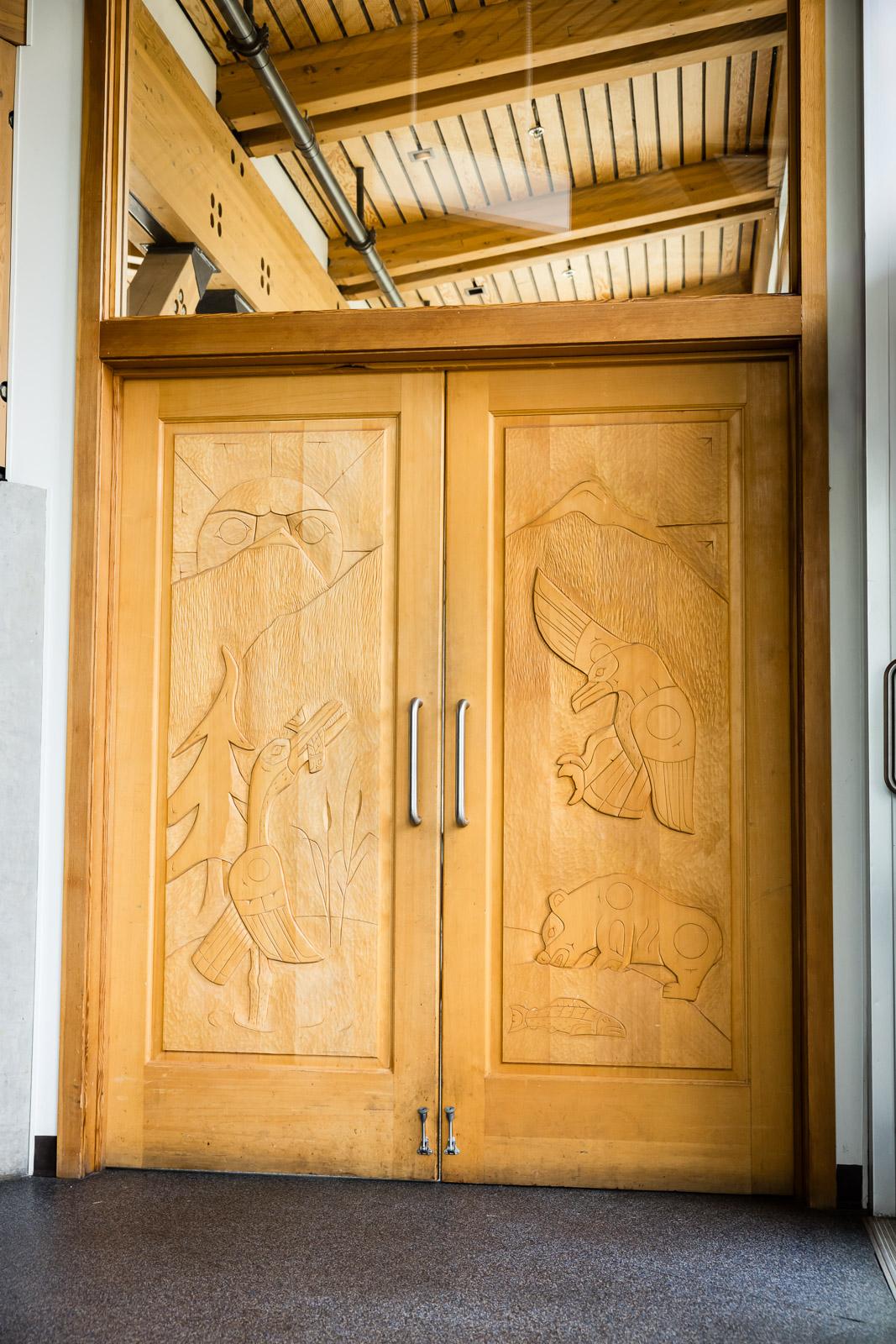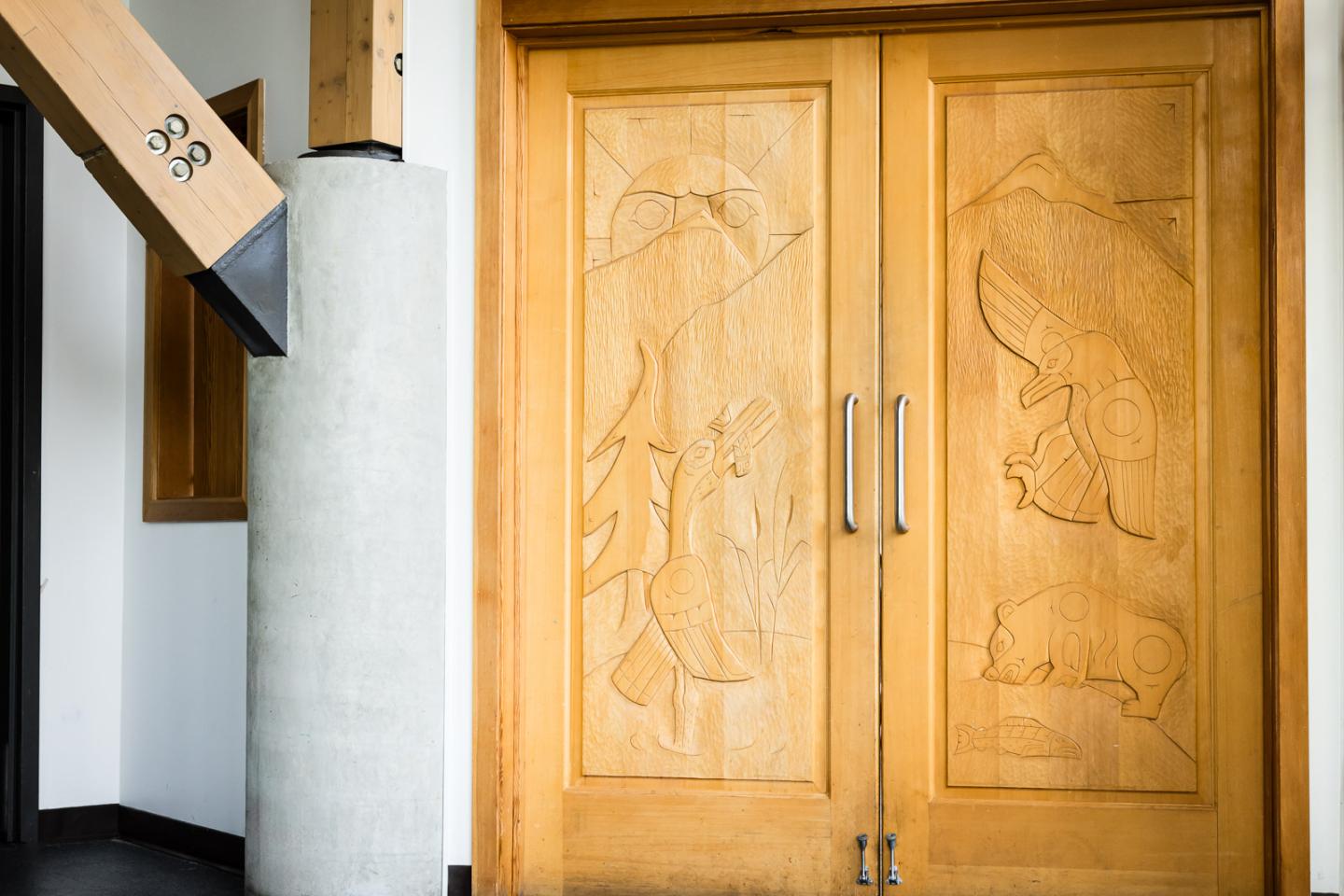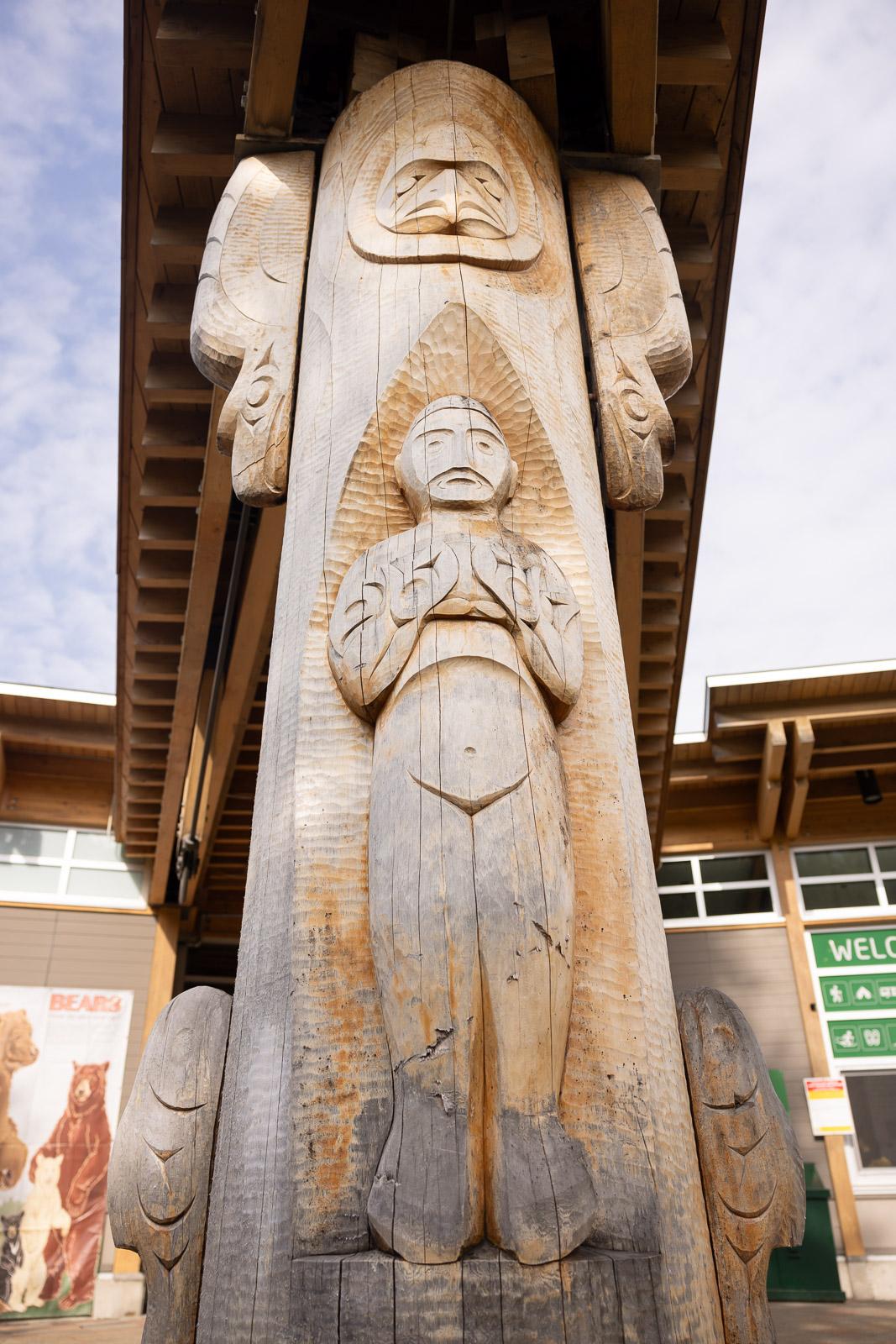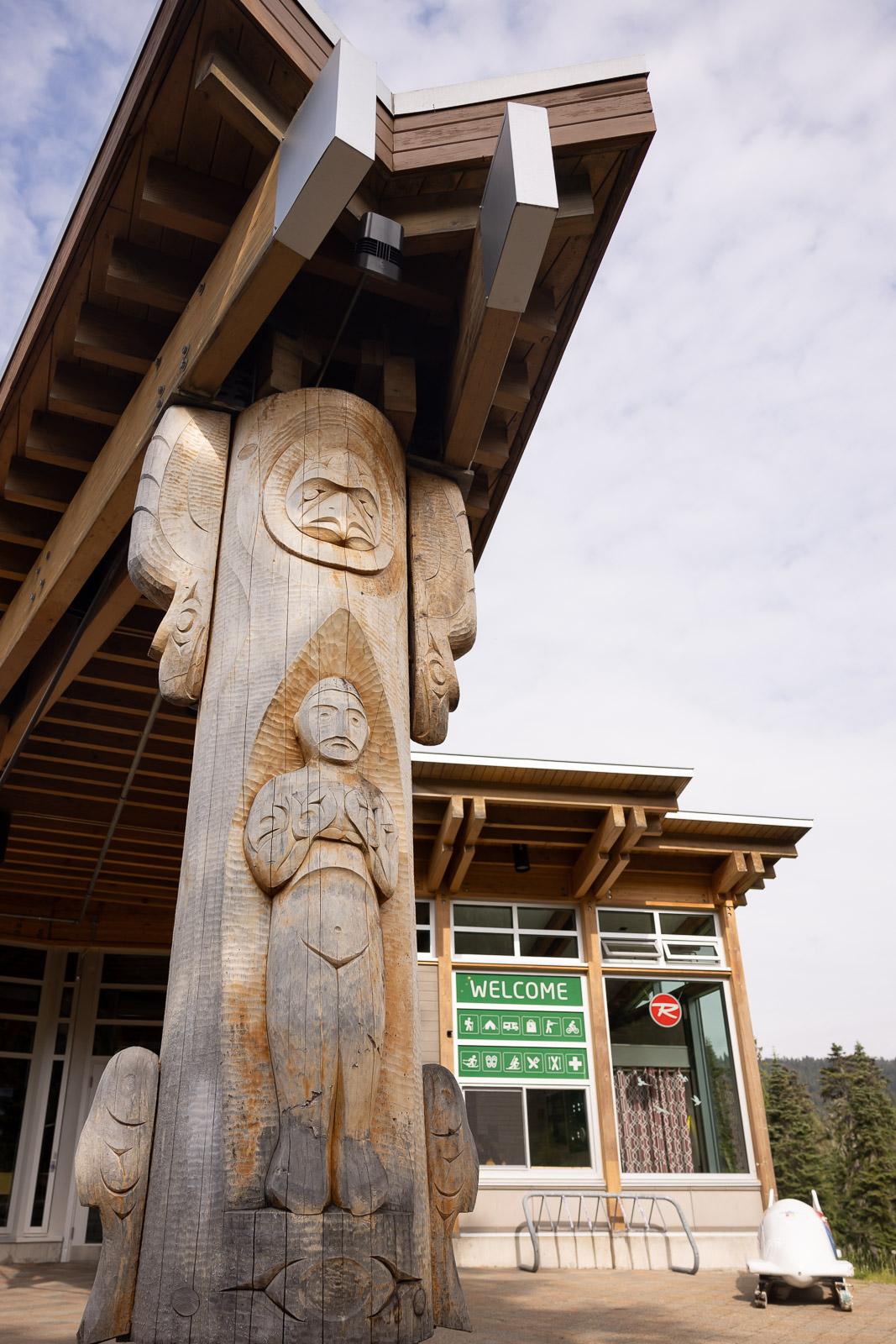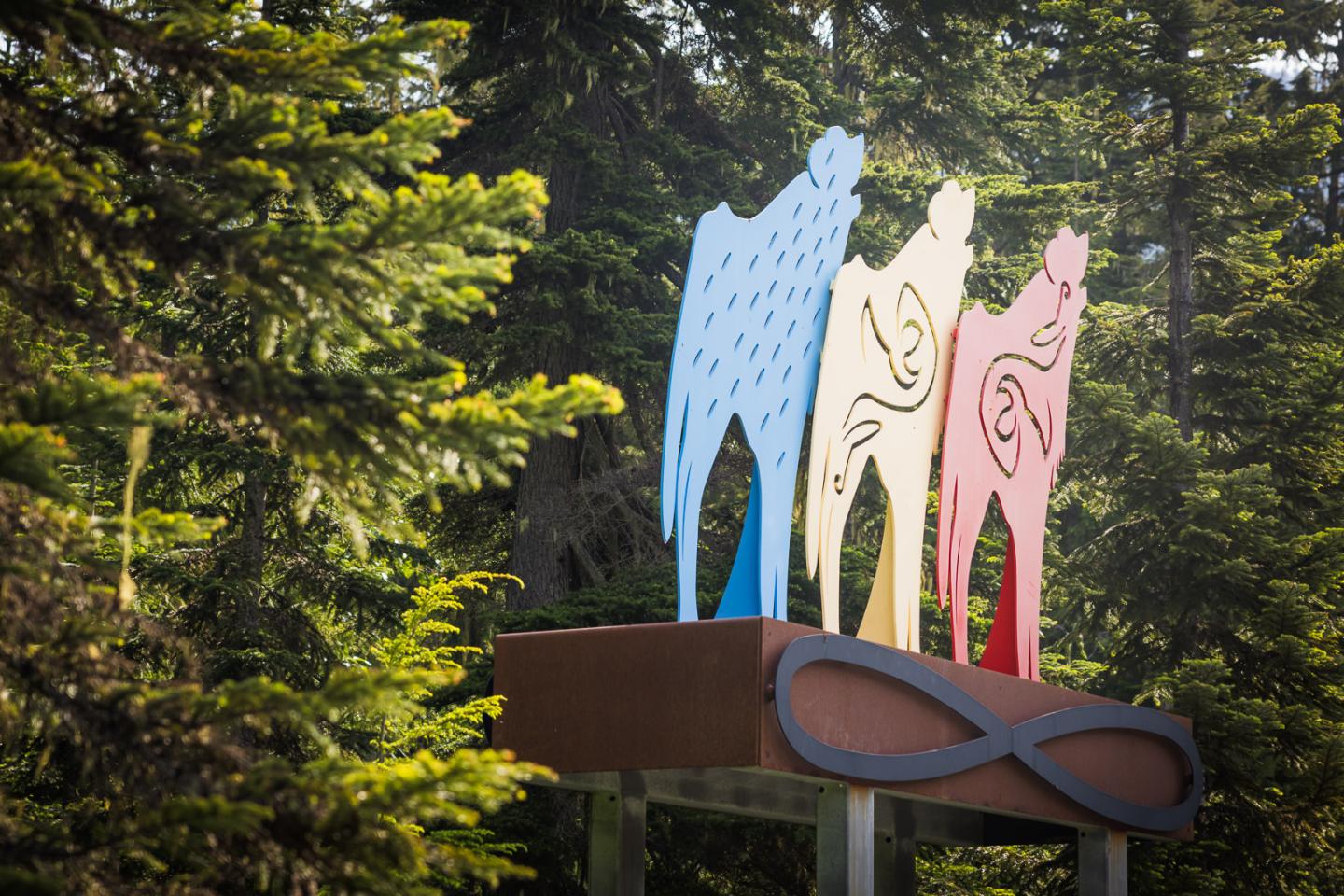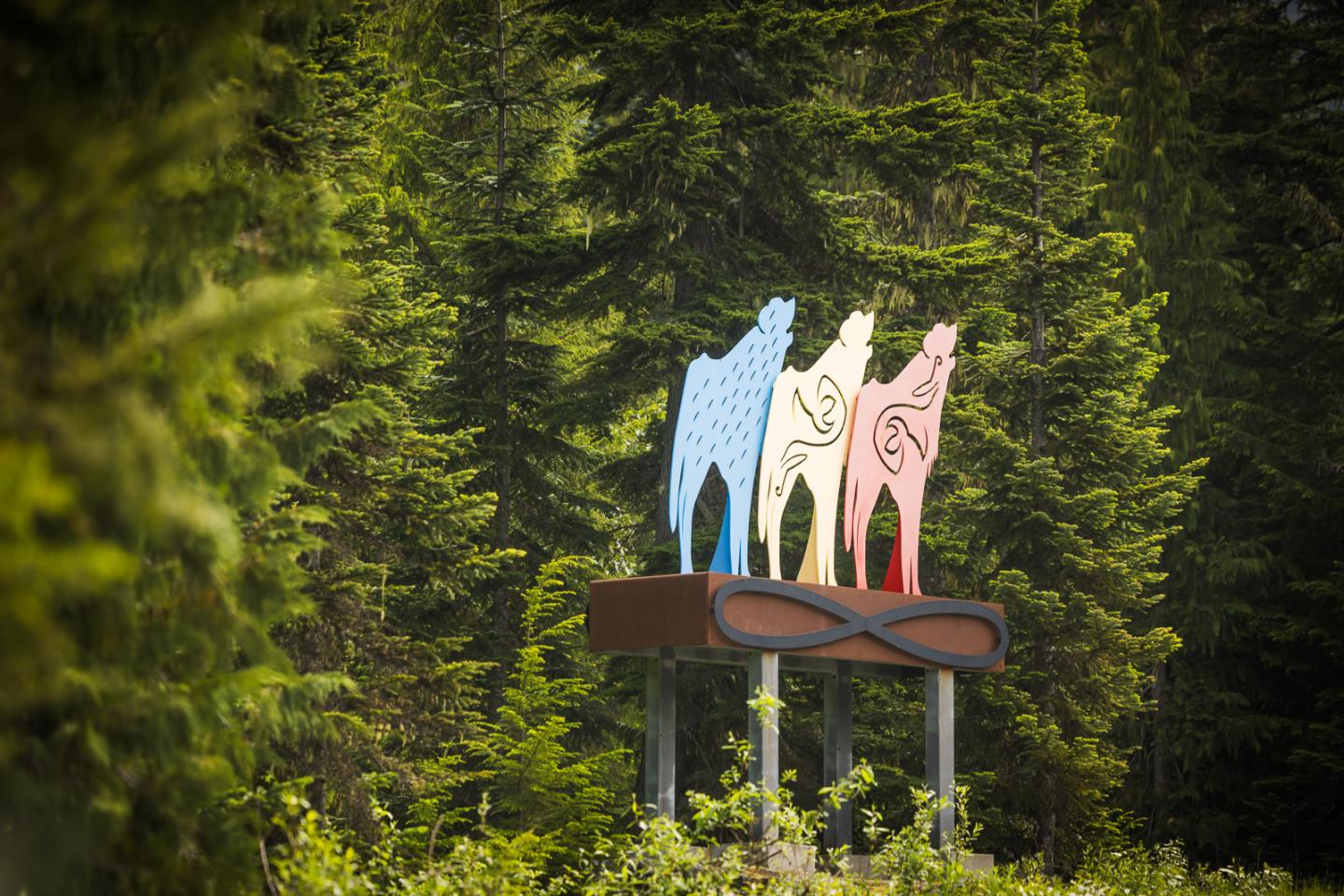Indigenous Art at Whistler Olympic Park
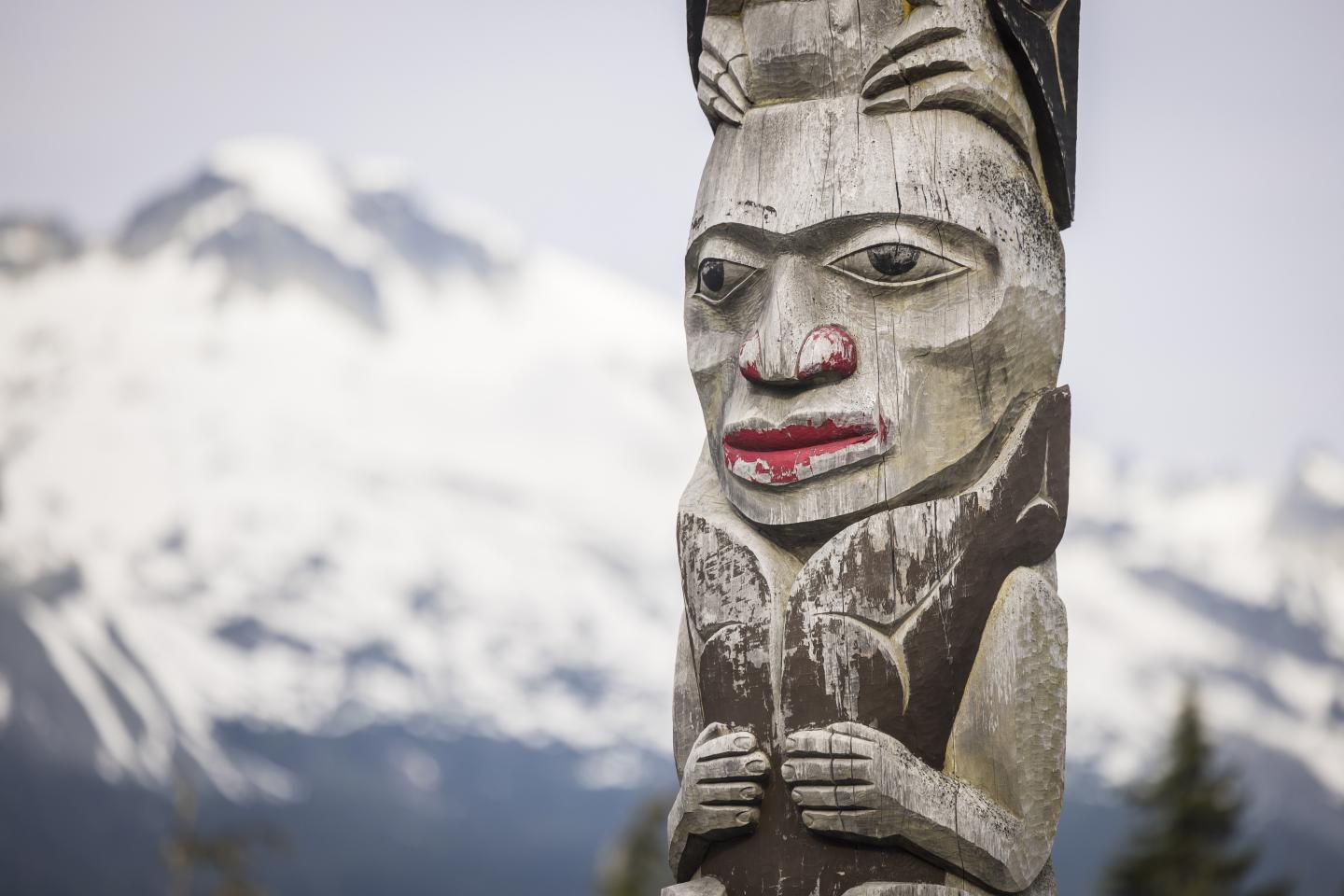
Indigenous Art Inspired by the 2010 Olympic & Paralympic Winter Games.
The 2010 games were held on the traditional and shared traditional territories of the Coast Salish, home to four First Nations: The Lil’wat, Musqueam, Squamish and Tsleil-Waututh, known as the Four Host First Nations of the 2010 Winter Games. Whistler Olympic Park sits on the shared traditional territory of the Squamish & Lil’wat First Nations.
The Four Host First Nations came together in the spirit of friendship and cooperation to welcome the world and showcase their First Nation’s culture as a vibrant and integral part of Canada’s heritage. Each of the 15 Olympic and Paralympic venues featured diverse works from Indigenous artists from across Canada. There were over 140 pieces of art from 90 First Nations, Inuit and Metis artists.
Whistler Olympic Park proudly showcases seven pieces of First Nations art created for the 2010 Games, including five located around the Day Lodge and two additional works throughout the park. This collection of carvings and tapestries reflects our commitment to preserving and sharing this important Olympic legacy. Trail maps are available to help you discover each piece—see the map below.
Below is an overview of the pieces on display at Whistler Olympic Park, photographed by Justa Jeskova in 2025. The full photo gallery is showcased at the bottom of this page.
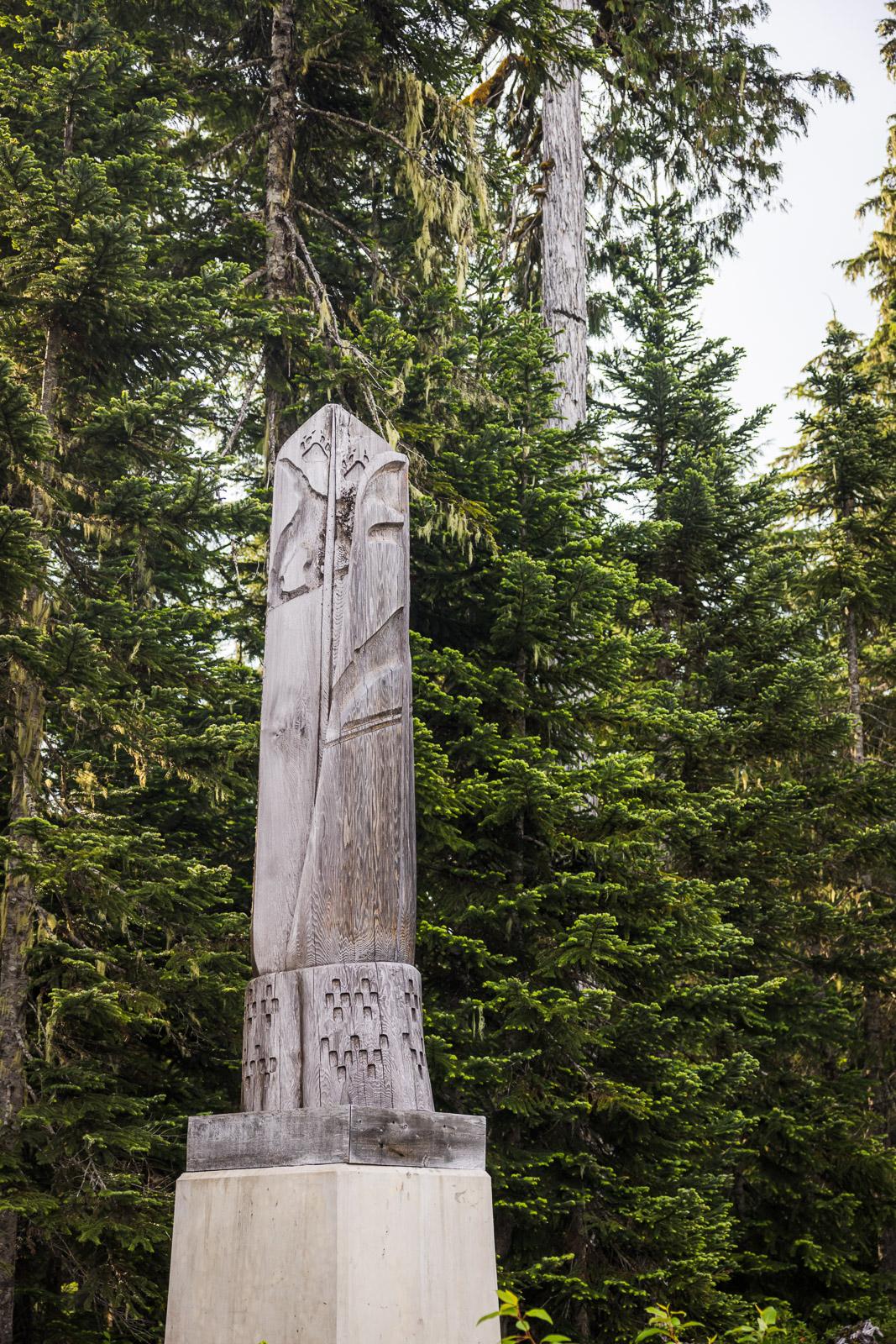
Vision Earned: Johnnie Abraham and Jonathan Joe, 2009
This red cedar carving is located at the park entrance, on the left-hand side just before the gate. It features two intertwined eagle feathers rising upward, with the figure of a Nordic athlete carved within each.
In Lil’wat tradition, eagle feathers are earned through success in life, making them a powerful symbol of achievement. Here, earning a feather serves as a metaphor for earning a medal at the Olympics. Created by Johnnie Abraham and Jonathan Joe.
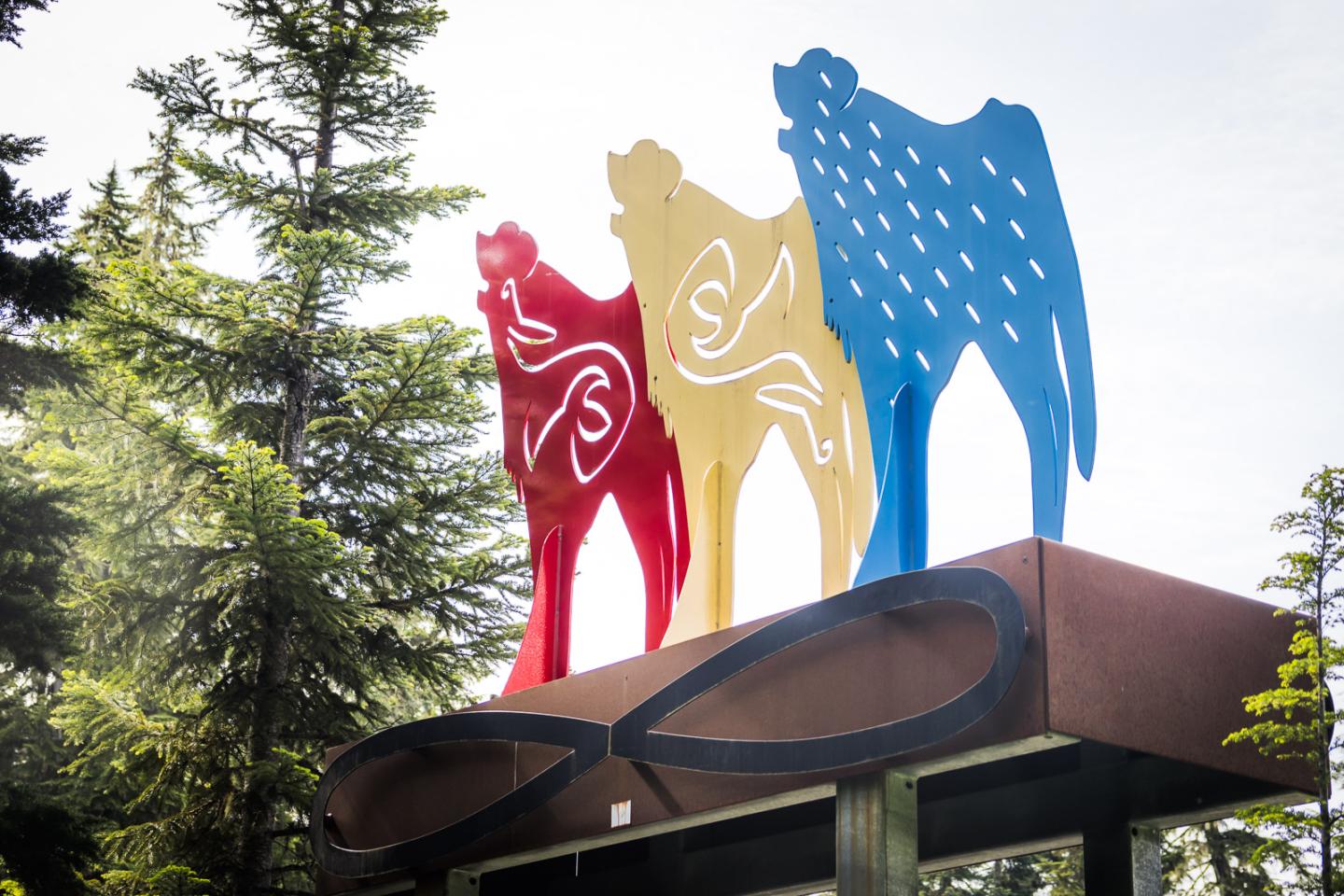
Noshishimak seur moshom, Mothers, Sisters and Grandfathers: Metis 10 Collaborative, 2010
Located along the Olympic Connector trail, this plate steel sculpture features abstract figures of three wolves, painted in red, yellow, and blue to reflect a Prairie Métis aesthetic.
Created by Métis 10 - a group of 10 Métis artists from British Columbia, Saskatchewan, Manitoba, and Ontario - this striking piece celebrates shared cultural identity and artistic expression.
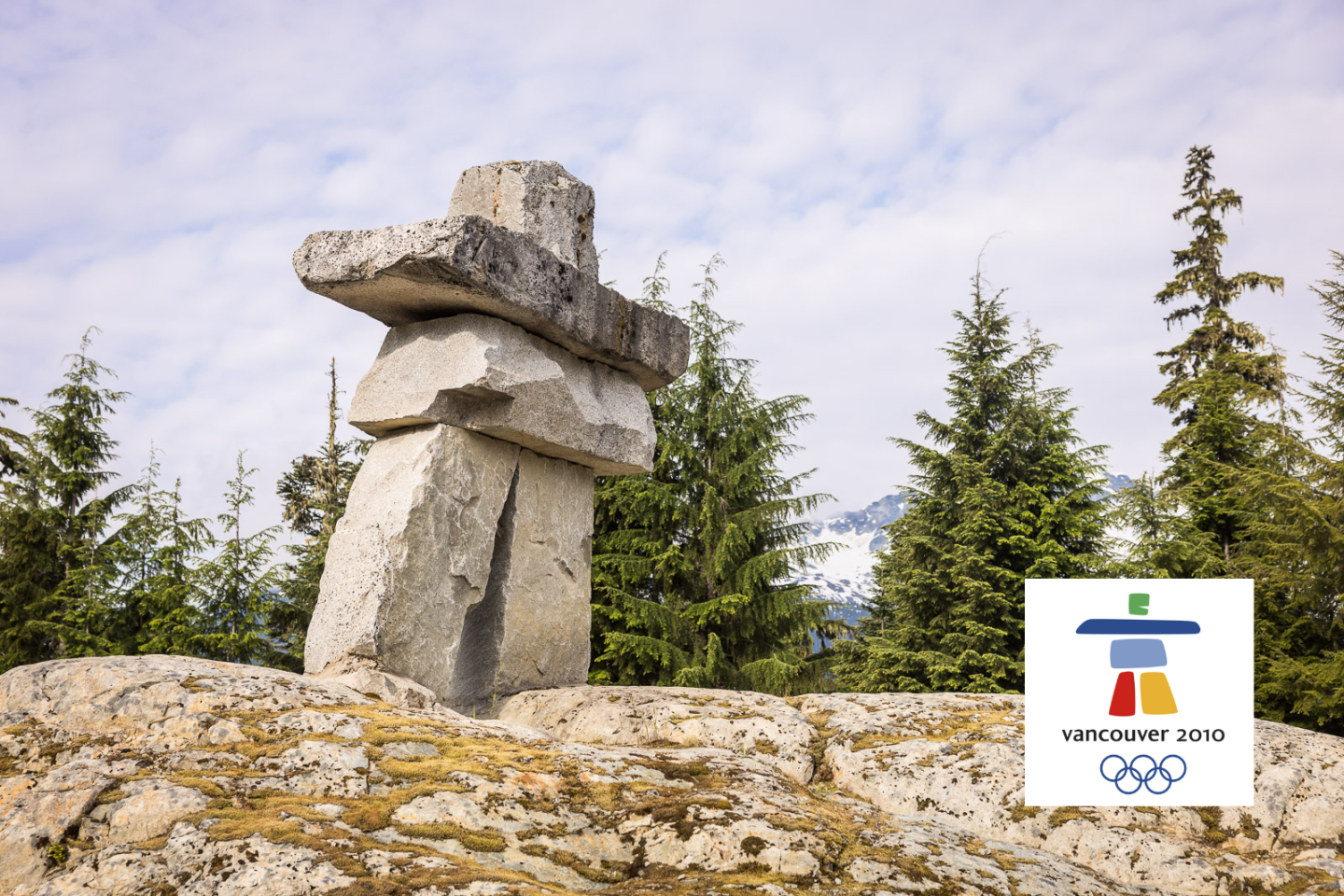
Inukshuk
The logo and mascot of the future 2010 Vancouver Winter Olympics is based on the Canadian Inuit inukshuk. Meaning "in the likeness of a human" in the Inuit language. The traditional use of the Inukshuk is to mark "Someone was here" or "You are on the right path", and to show directions to travelers, to warn of impending danger, to mark a place of respect, or to act as helpers in the hunting of caribou.
The Inuit Inukshuk has also become a symbol of leadership, cooperation, friendship and human spirit. The emblem features five parts of the Inukshuk in different colors.
- The blue and green colors represent the Canadian west coast islands, forests and mountain ranges.
- The red represents the Canadian maple leaf while the gold is for the brilliant sunrises that light up the Vancouver downtown skyline and the surrounding snowcapped mountain peaks.
- The Inukshuk also has a mouth which gives it a happy and welcoming human characteristic.
Together, the result is a symbol of strength, vision and teamwork that points us all in the direction of excellence.
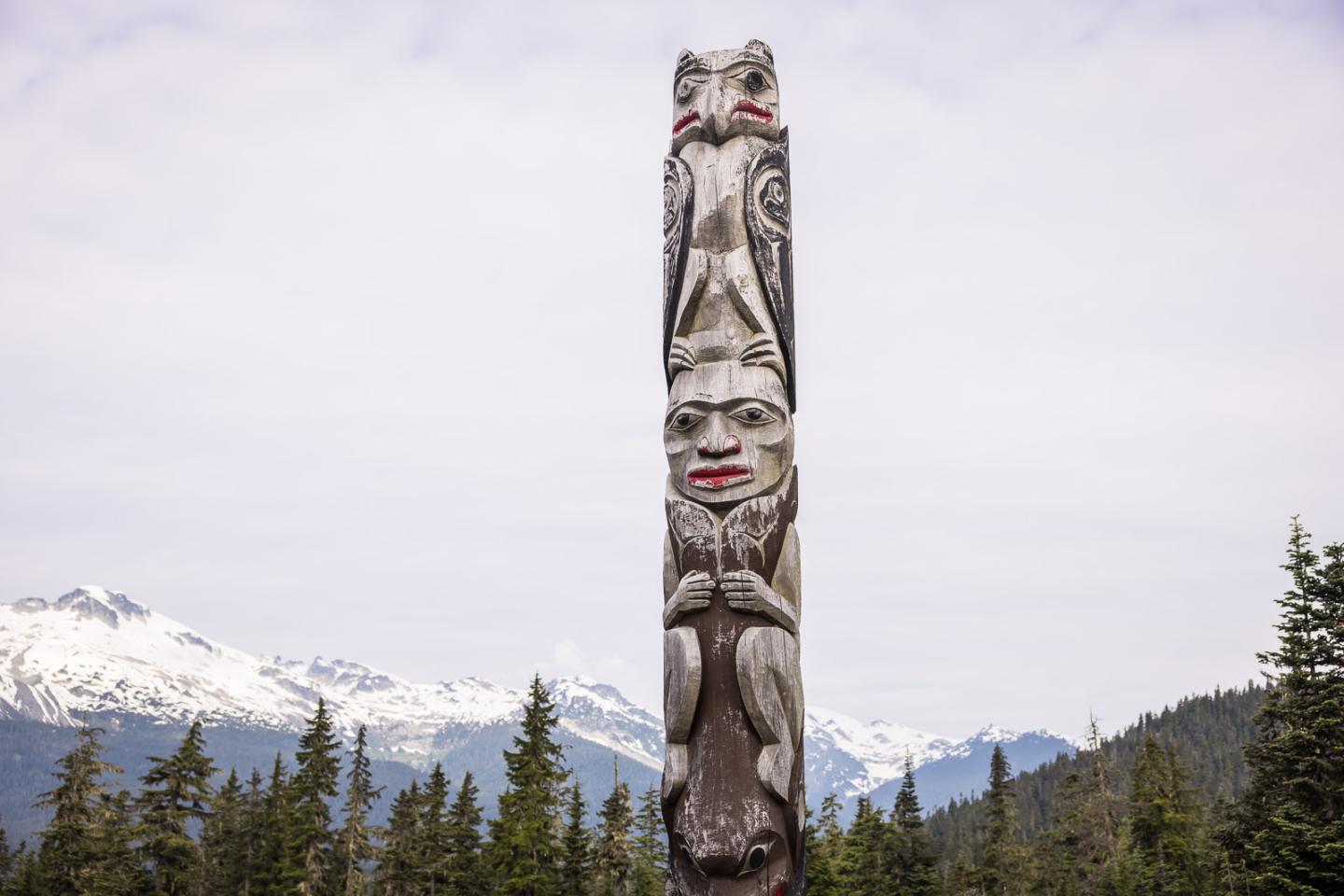
Welcome Figure: Tawx'sin Yexwulla / Poolxturn Aaron Nelson Moody, Squamish Nation
Located outside, on the lower part of the Day Lodge, this welcome figure by Tawx'sin Yexwulla / Poolxturn Aaron Nelson Moody of the Squamish Nation was carved live each day during the 2010 Olympic and Paralympic Winter Games at Carver’s Corner—a highly visible location seen by every spectator on their way to the venues.
The totem was raised in the summer of 2010 during a short drum ceremony and blessing, intended to watch over the Day Lodge and the Park and keep them safe forever. The original Carving Shack still stands at its original location on the popular “Top of the World” ski and hiking trail, overlooking Black Tusk.
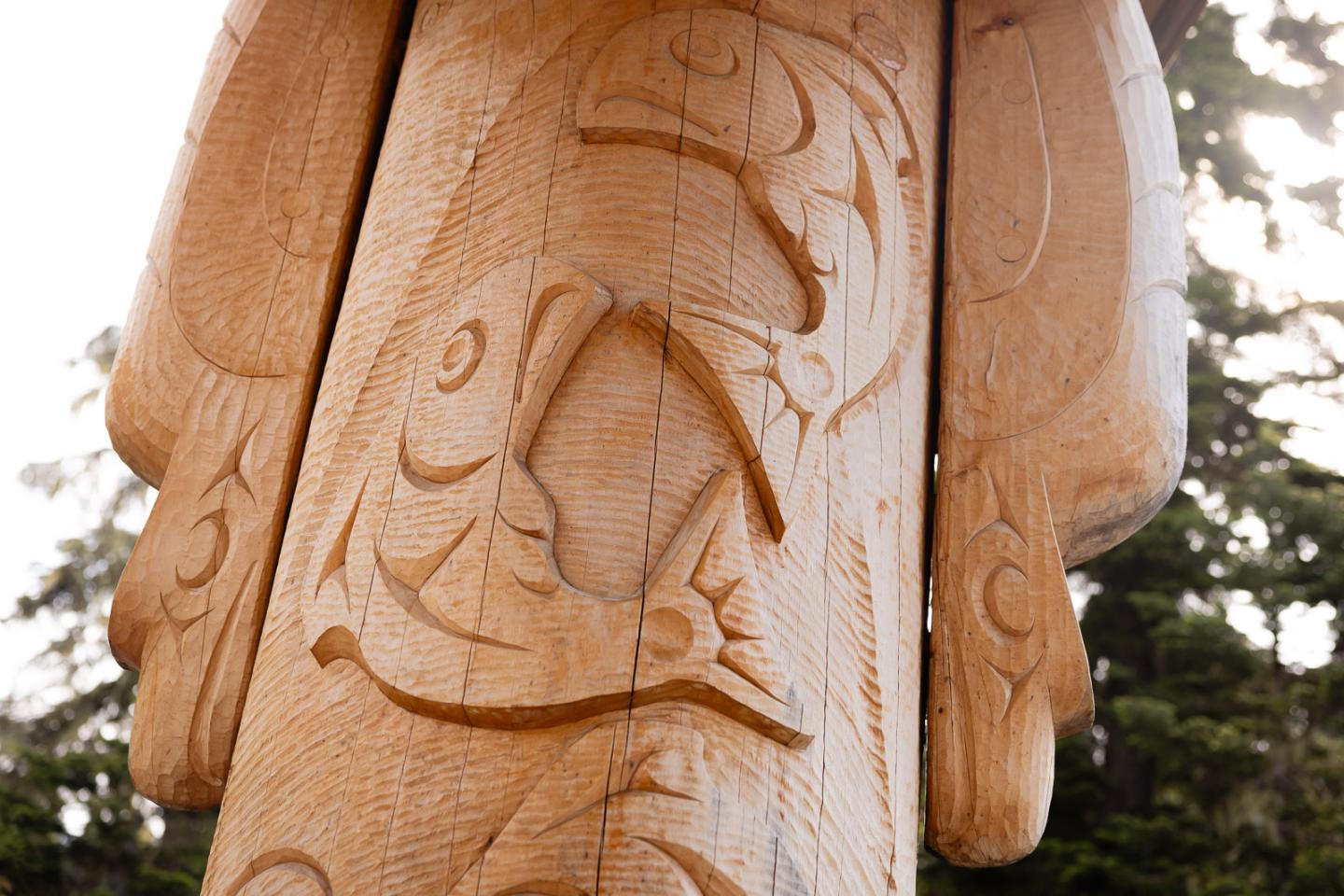
Salmon People House Post: Aaron Nelson-Moody, 2009
Located outside the upper level of the Day Lodge, this yellow cedar house post portrays creatures of particular importance in Squamish culture. Raven is seen as a teacher, while Eagle is associated with the sun. The human figure holding a salmon pays homage to a well-known Squamish carving that once stood in the village of the artist’s uncle, symbolizing the Squamish people offering salmon to visitors. On the back of the post, salmon are shown swimming in local streams. Traditionally, house posts are used to support the ridge beams of longhouses.
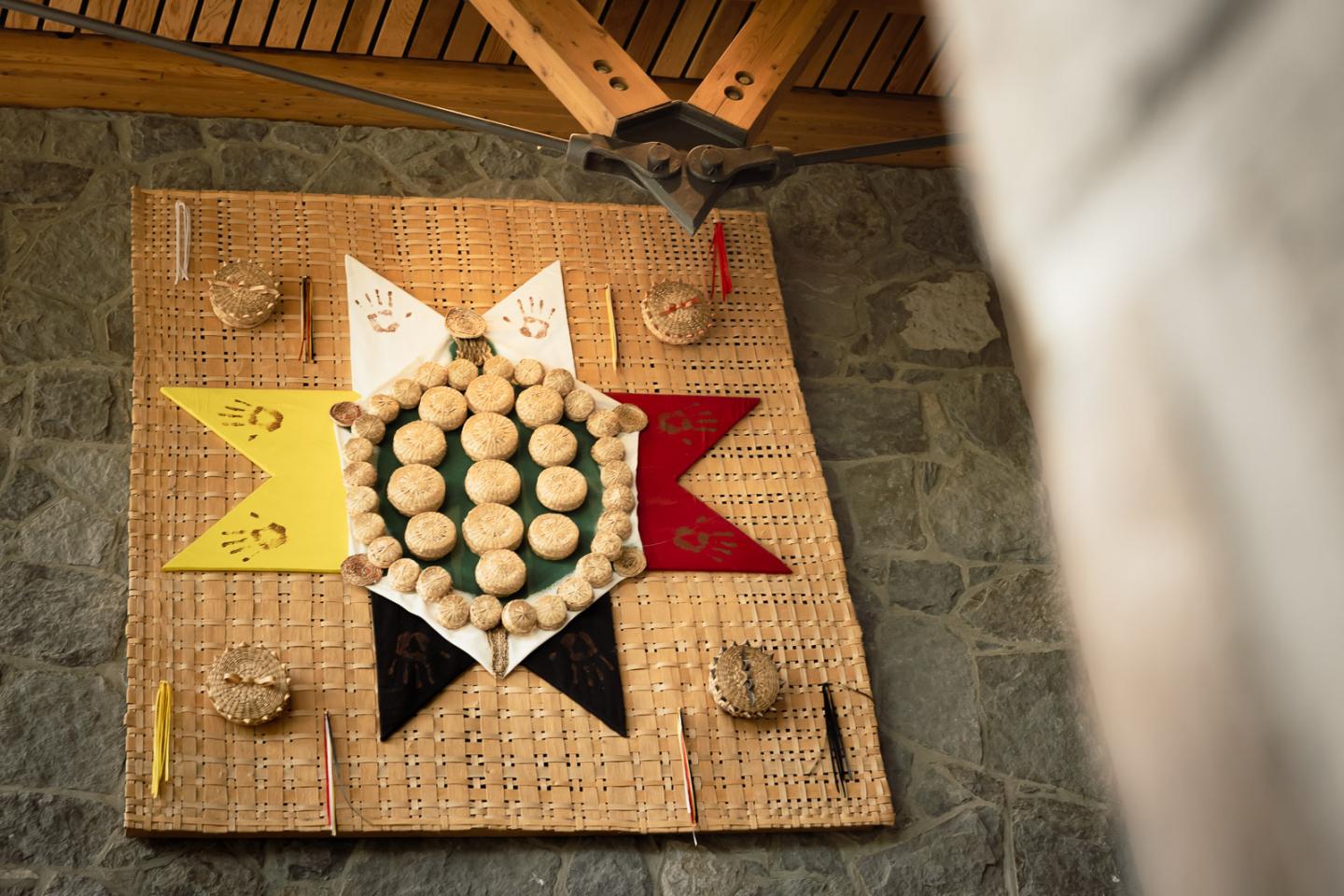
Tapestry: Marjorie Lewis Paul, Mi’kmaq/Micmaque
Marjorie Lewis Paul is a member of the Mi’kmaq First Nation from Prince Edward Island. She made her first basket at 7 years old. Basketry, black ash, sweetgrass, acrylic paint, red ochre, satin ribbon, textile in the shape of a turtle which represents Prince Edward Island and Turtle Island, a traditional First Nations name for North America. Black ash was once common in PEI, but is now rare, adding value to the work.
Four circles represent four corners of the Earth, honouring the athletes that came to compete at the Olympics. Red handprints represent the future and hope for the world’s children. The eight-pointed start is a traditional Mi’kmaq image found in ancient petroglyphs. This piece is located above the stairs, in the day lodge.
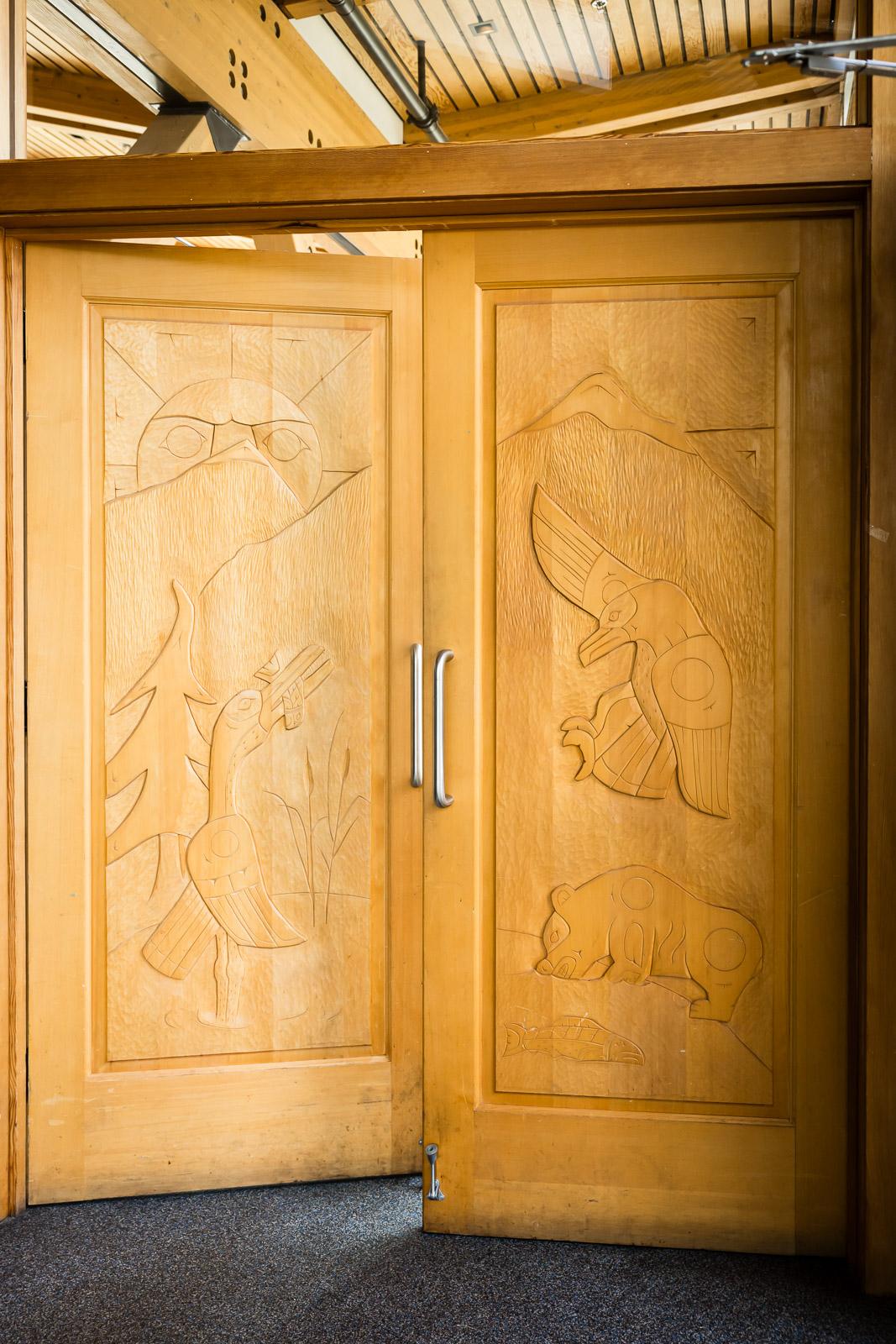
Day Lodge Doors: Bruce Edmonds, 2009
These yellow cedar doors, designed by Bruce Edmonds of the Lil’wat Nation, reflect a traditional Lil’wat landscape style. The scene features a great blue heron on the lake, a grizzly bear, and an eagle—animals shown living together in harmony.
A cedar tree in the background symbolizes the wealth of many First Nations, as it provides essential resources for the Lil’wat people. The surrounding mountains represent the natural habitat of these animals, while the sun above serves as the nurturer of the Earth.
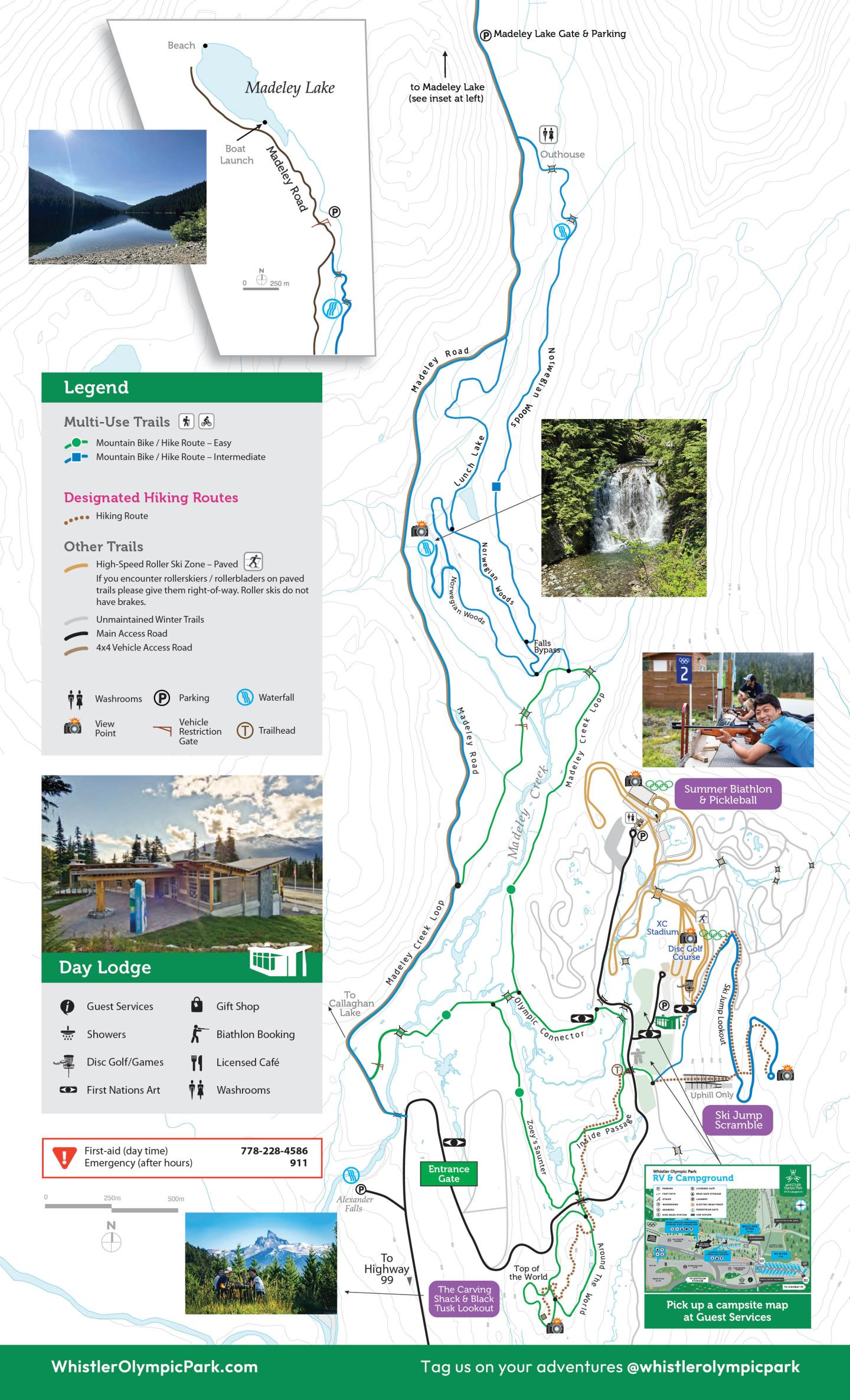
A Self-Guided Art Experience in the Park
To experience the detail and craftsmanship of these artworks up close, explore them in person at Whistler Olympic Park! Five pieces are located in or around the Day Lodge. You can hike or drive to the remaining two (Vision Earned and the Inuksuk), while Mothers, Sisters & Grandfathers (the three wolves) requires a short ski or a 20-minute walk.
Download the trail map to guide your visit. Thank you for tagging us in your adventures @whistlerolympicpark. Enjoy!
|
|
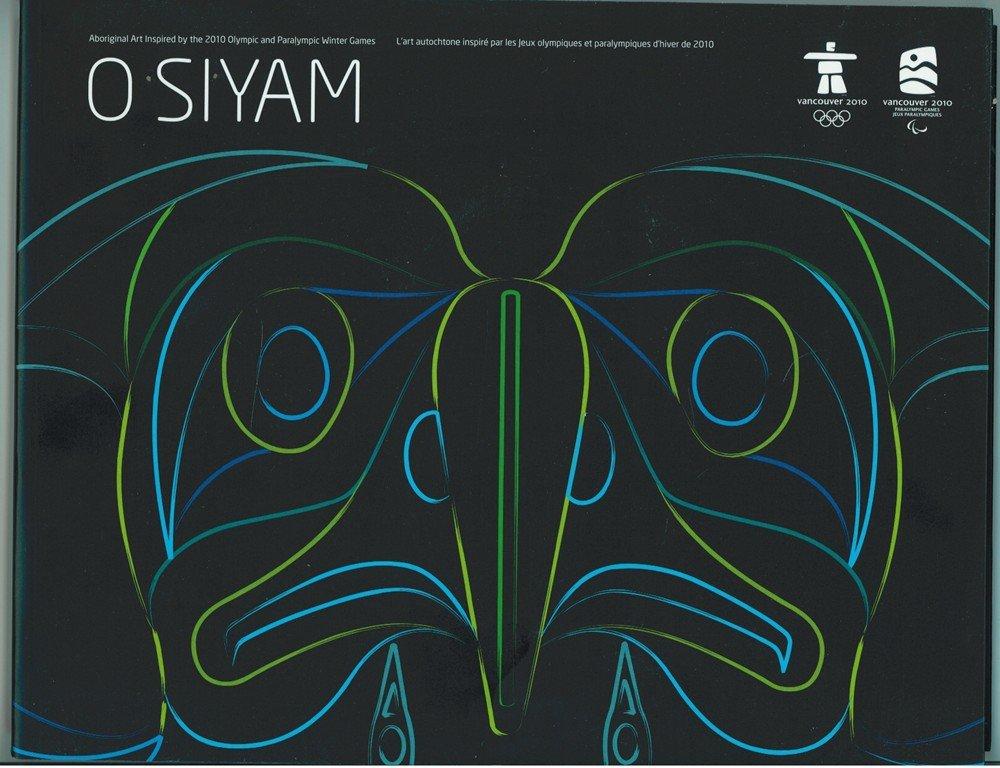
Additionnal Pieces and Resources
To explore more artwork created and curated for the 2010 Games, guests can visit our sister venues, the Whistler Sliding Centre and the Whistler Athlete Centre.
Whistler’s Public Art Collection includes a self-guided walk through the Resort Municipality of Whistler. Learn more at whistler.ca/public-art.
You can also check out the Self-Guided Tour to Whistler’s Outdoor Indigenous Art by the Squamish Lil’wat Cultural Centre (SLCC) for more insight into the region’s Indigenous artistry.
And for a bit of nostalgia, watch this old-school (but still inspirational!) video: https://youtu.be/5_5zw3quiZQ?si=hn6XQ7wQ_-pRp9b7
Many of these pieces are also featured in the collector’s edition book O SIYAM: Aboriginal Art Inspired by the 2010 Olympic and Paralympic Winter Games (2010, John Wiley & Sons Canada, Inc.).

